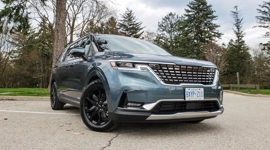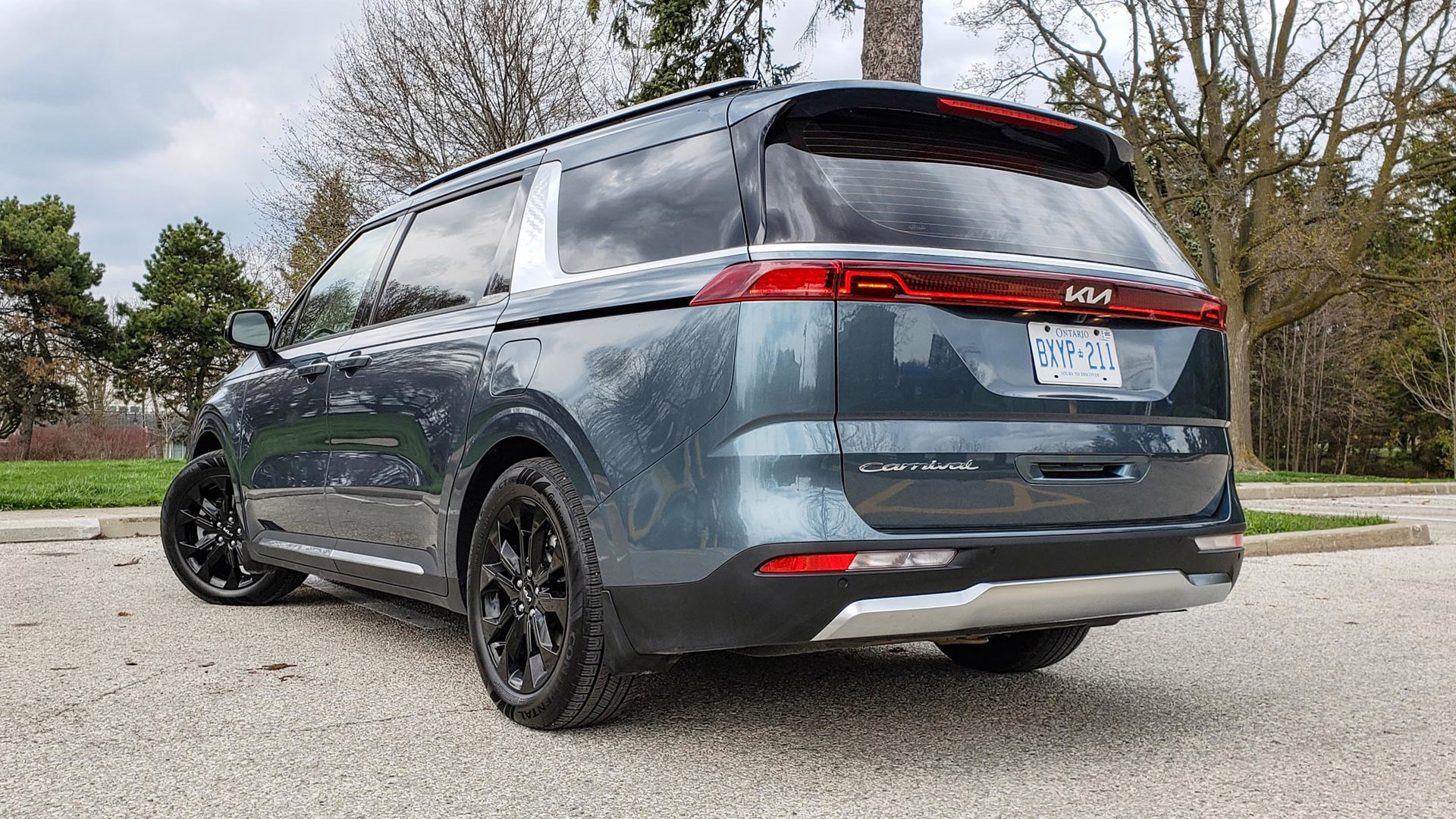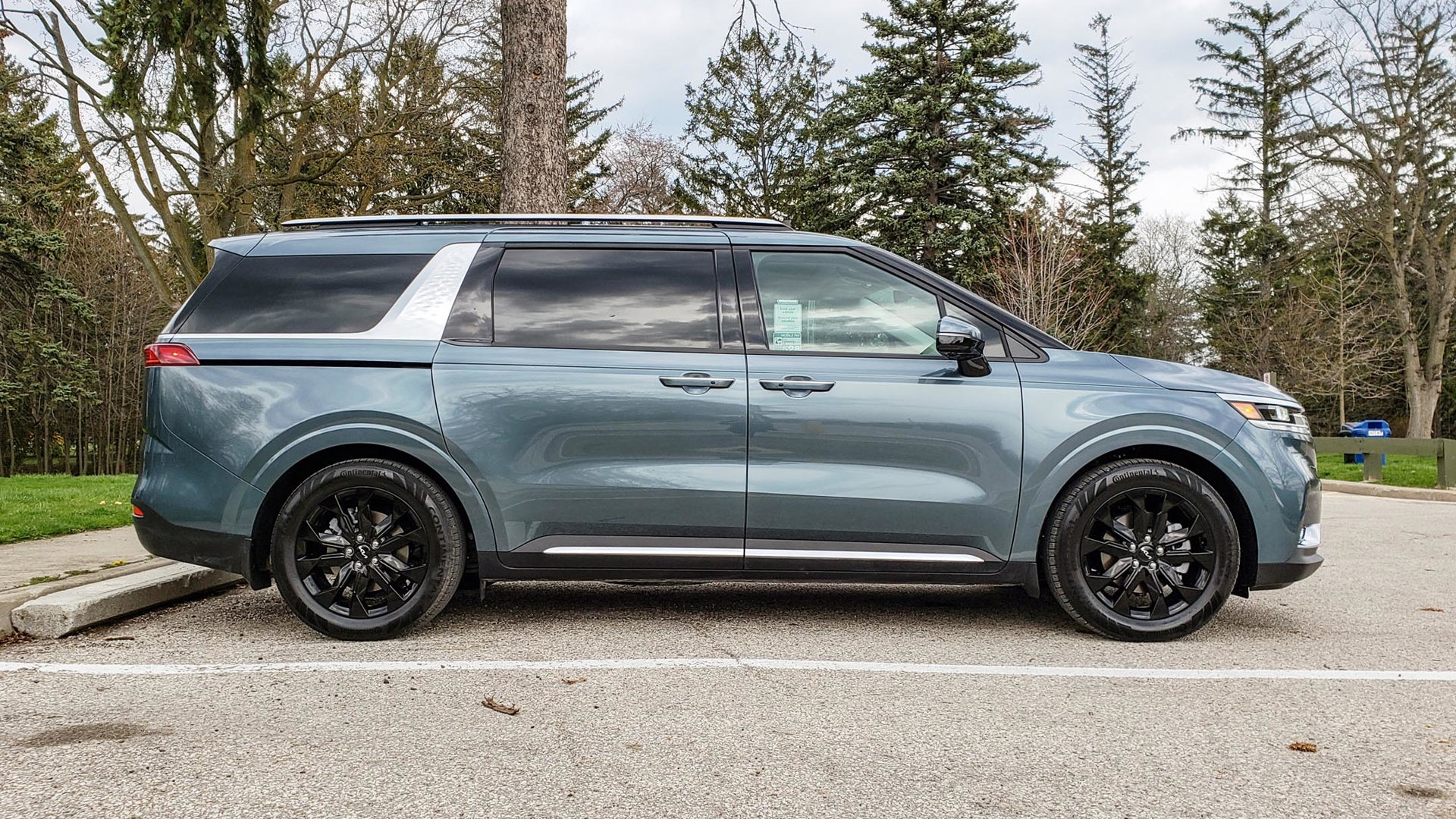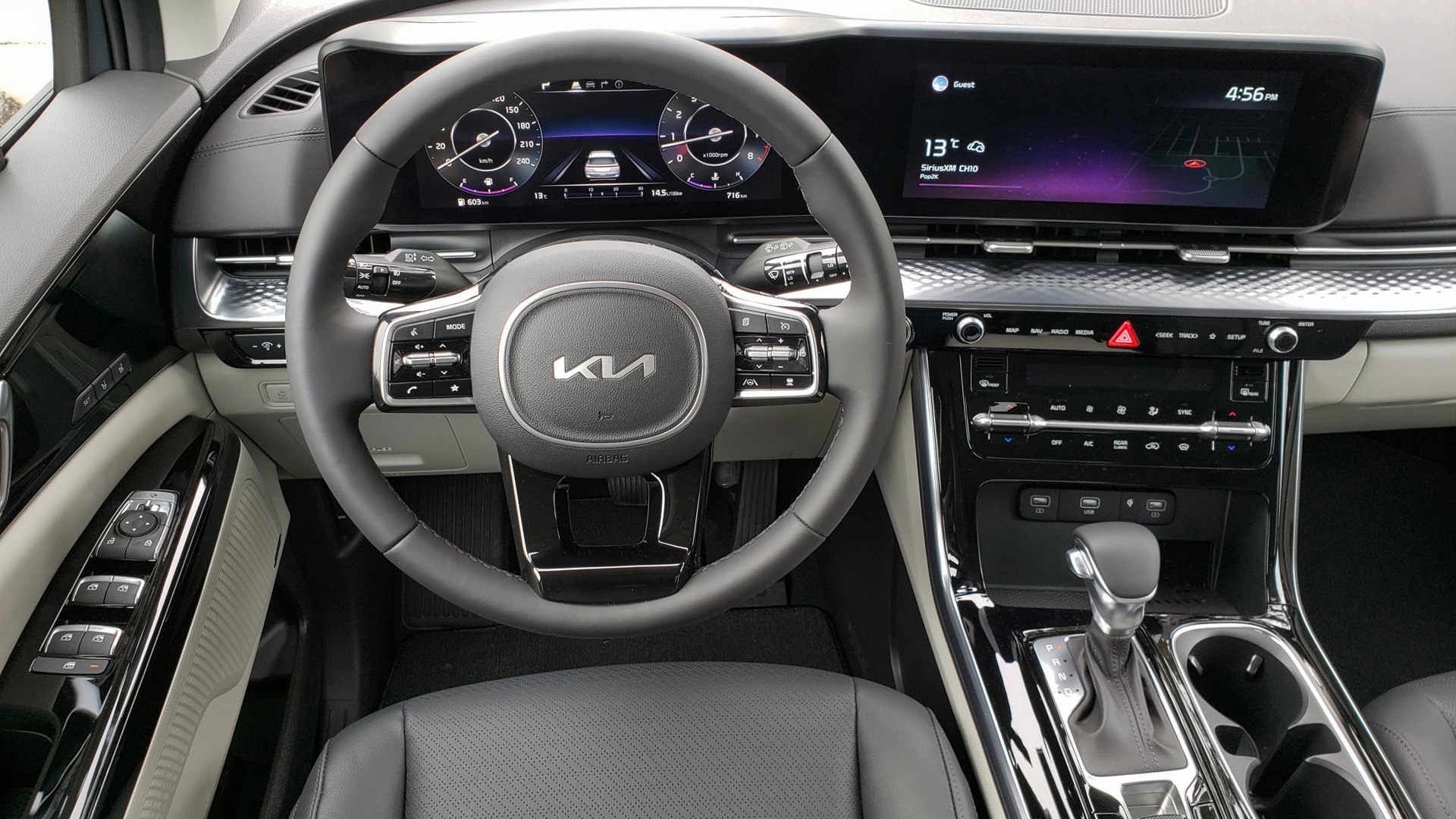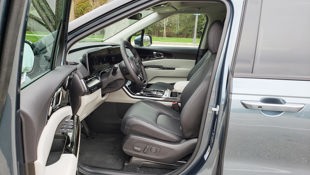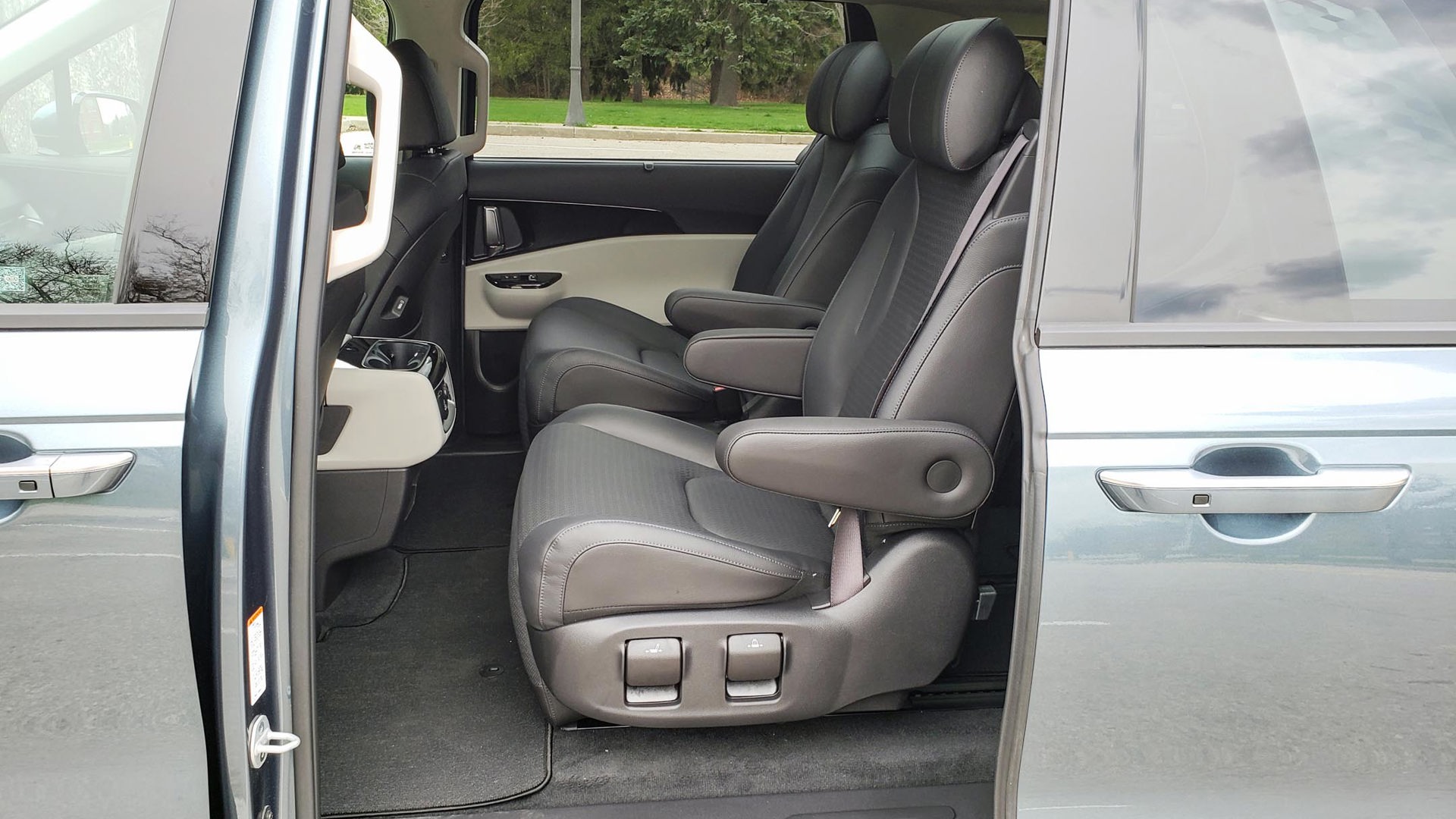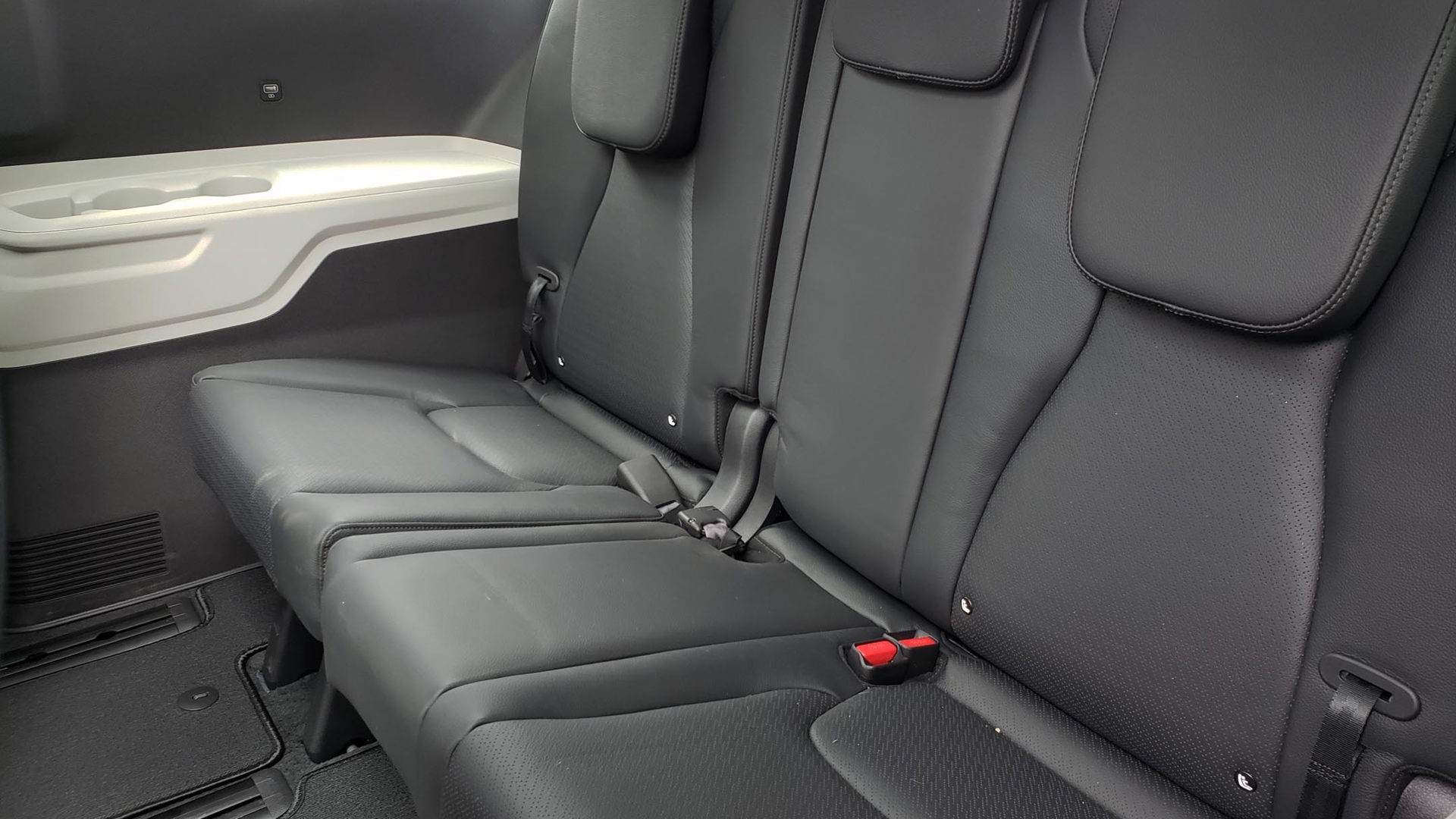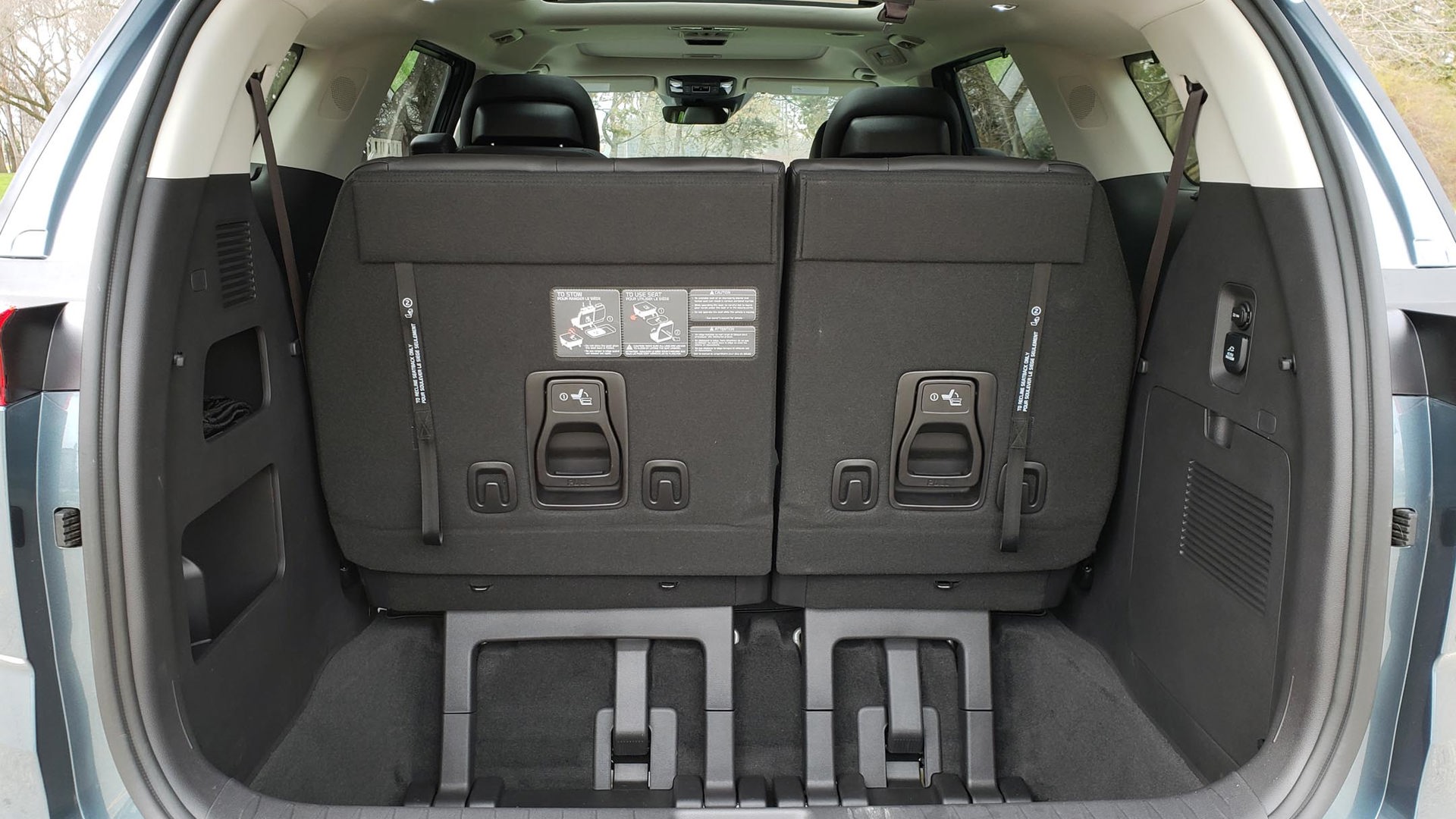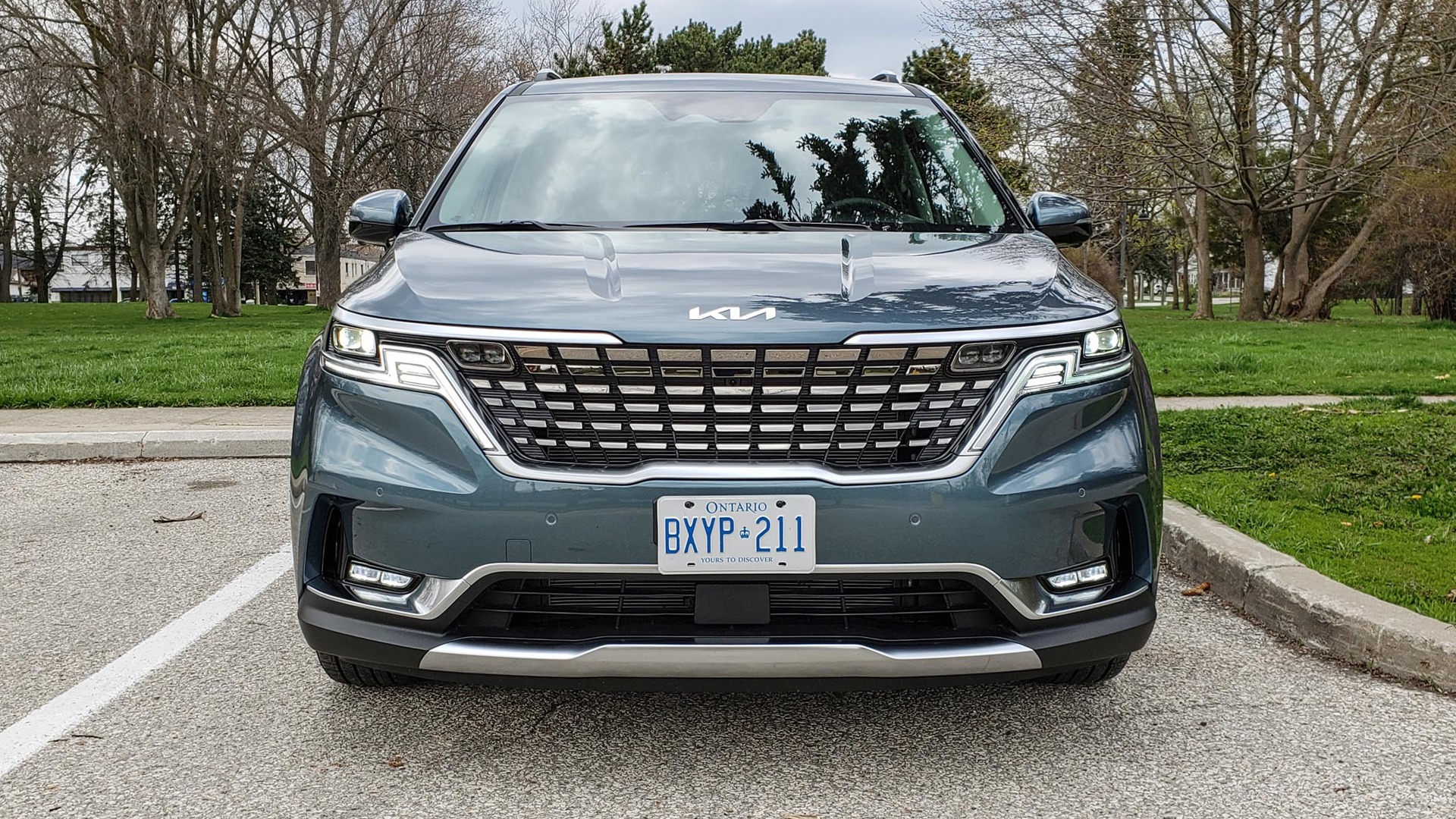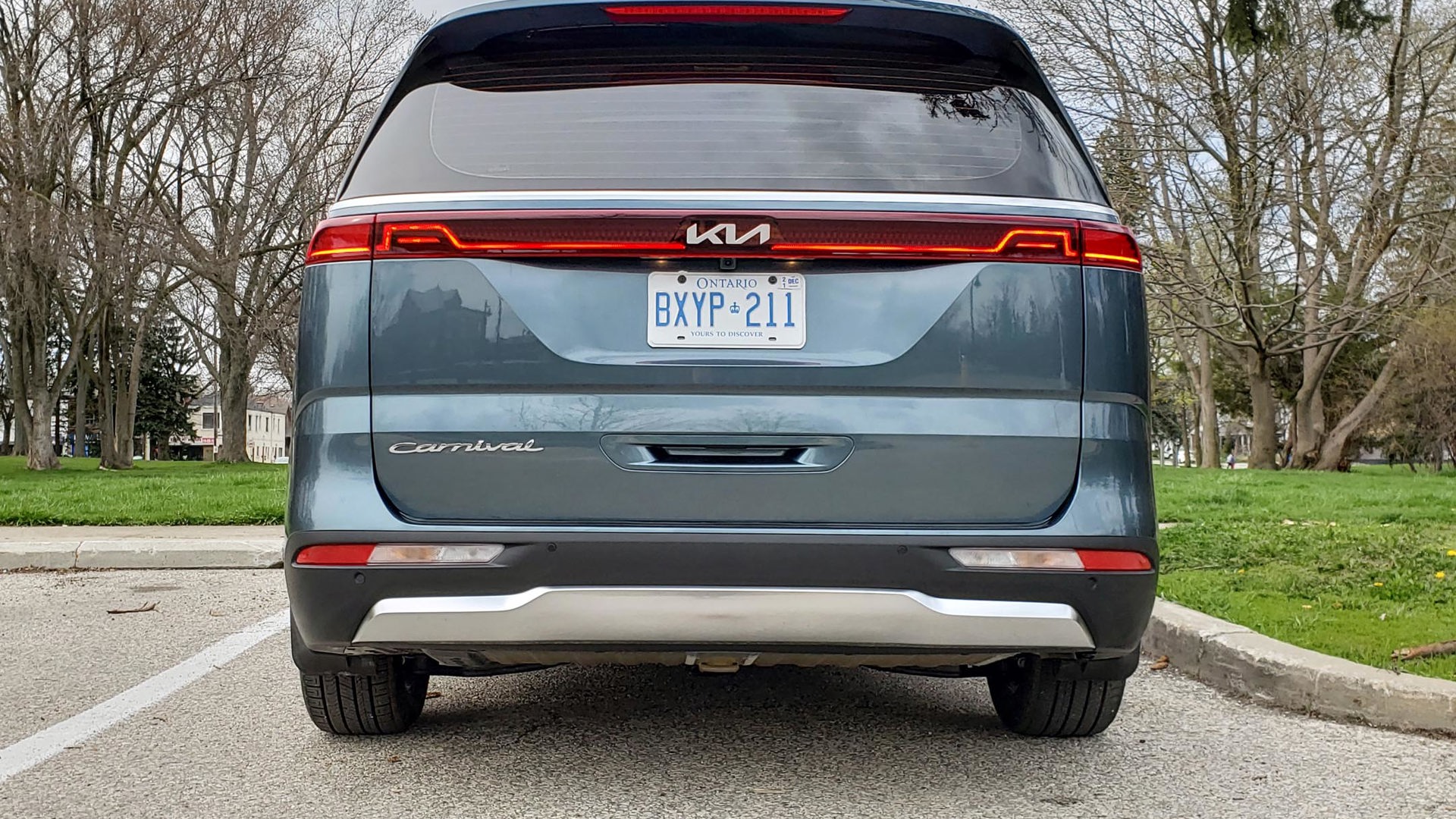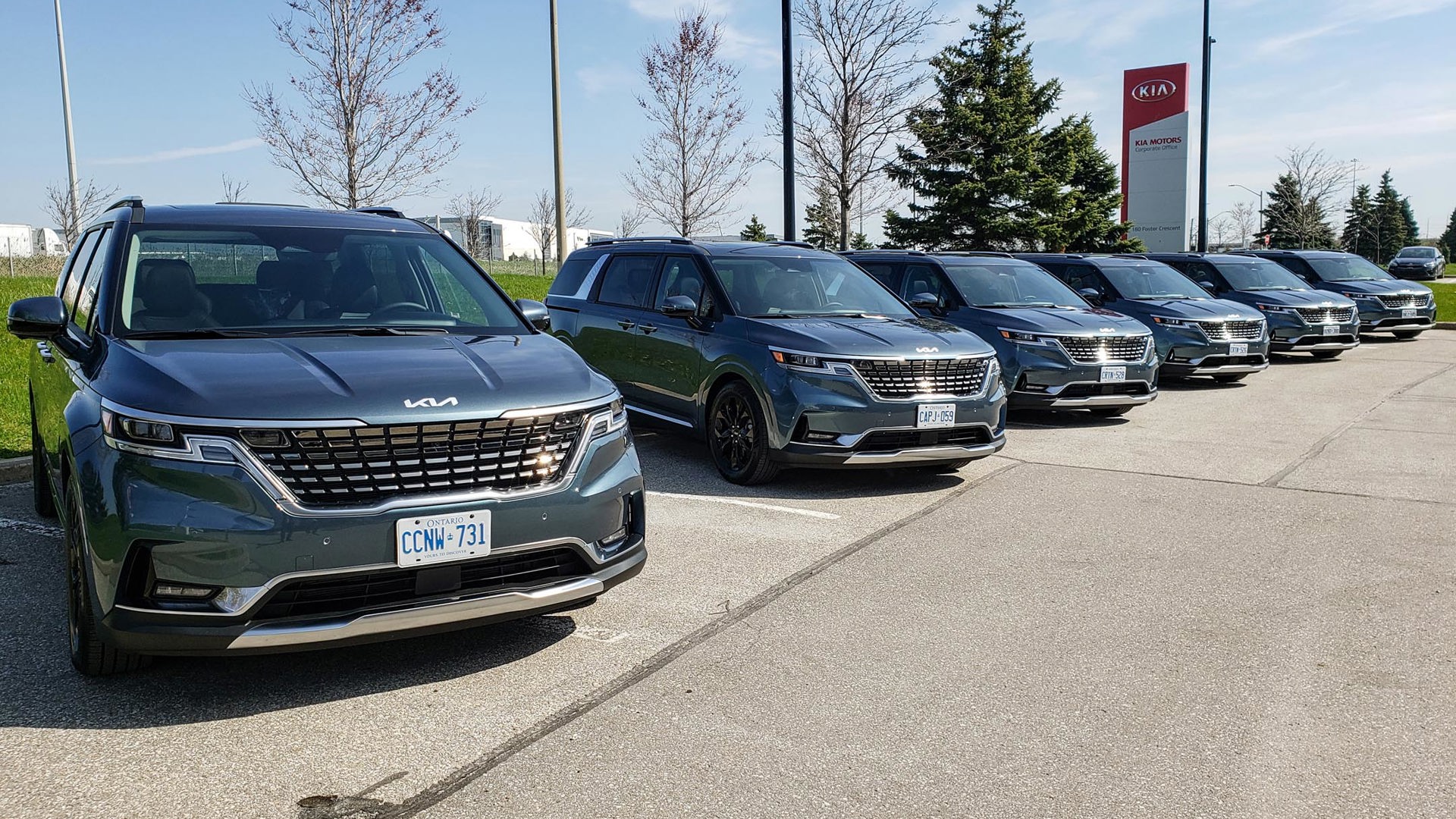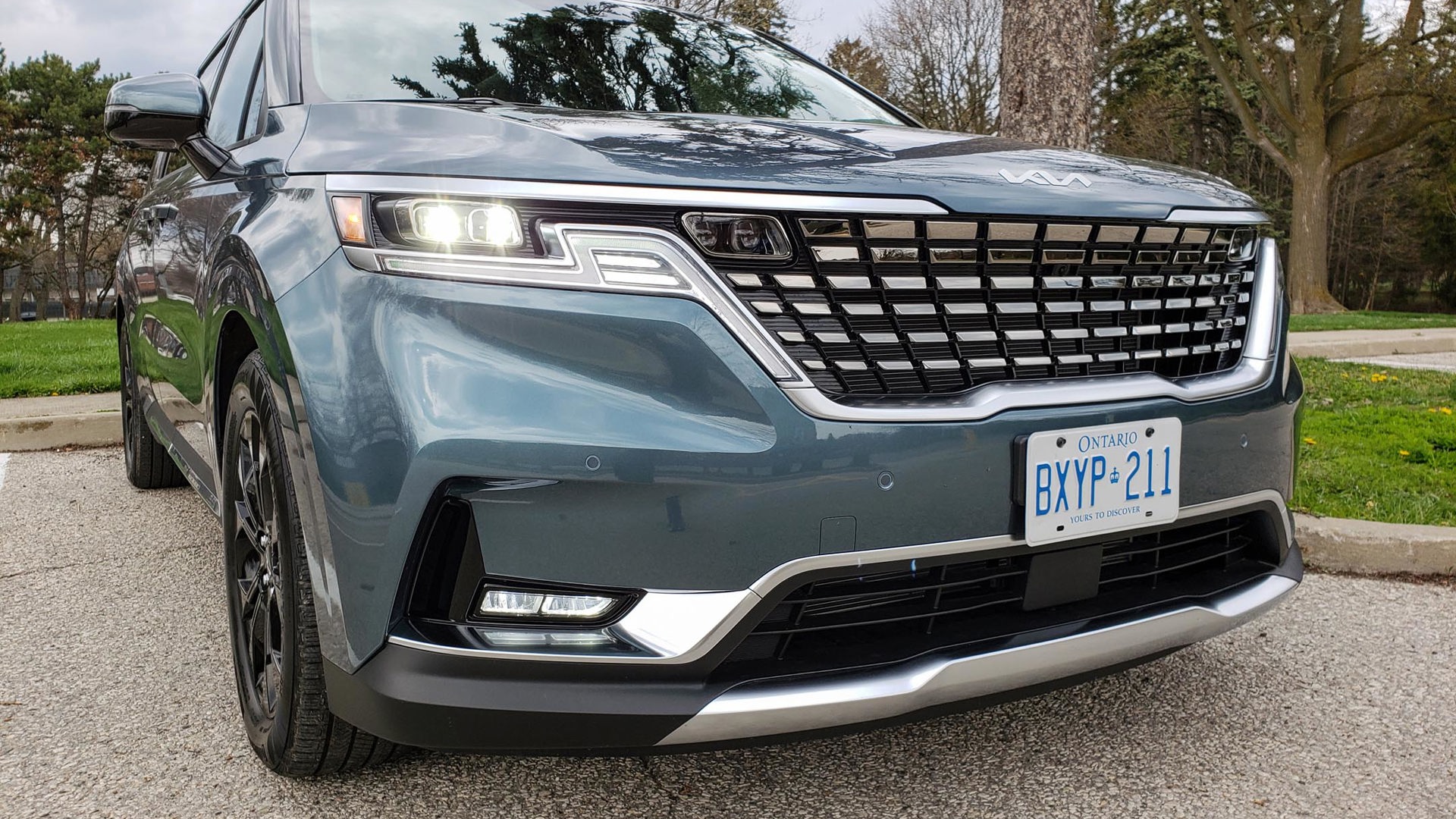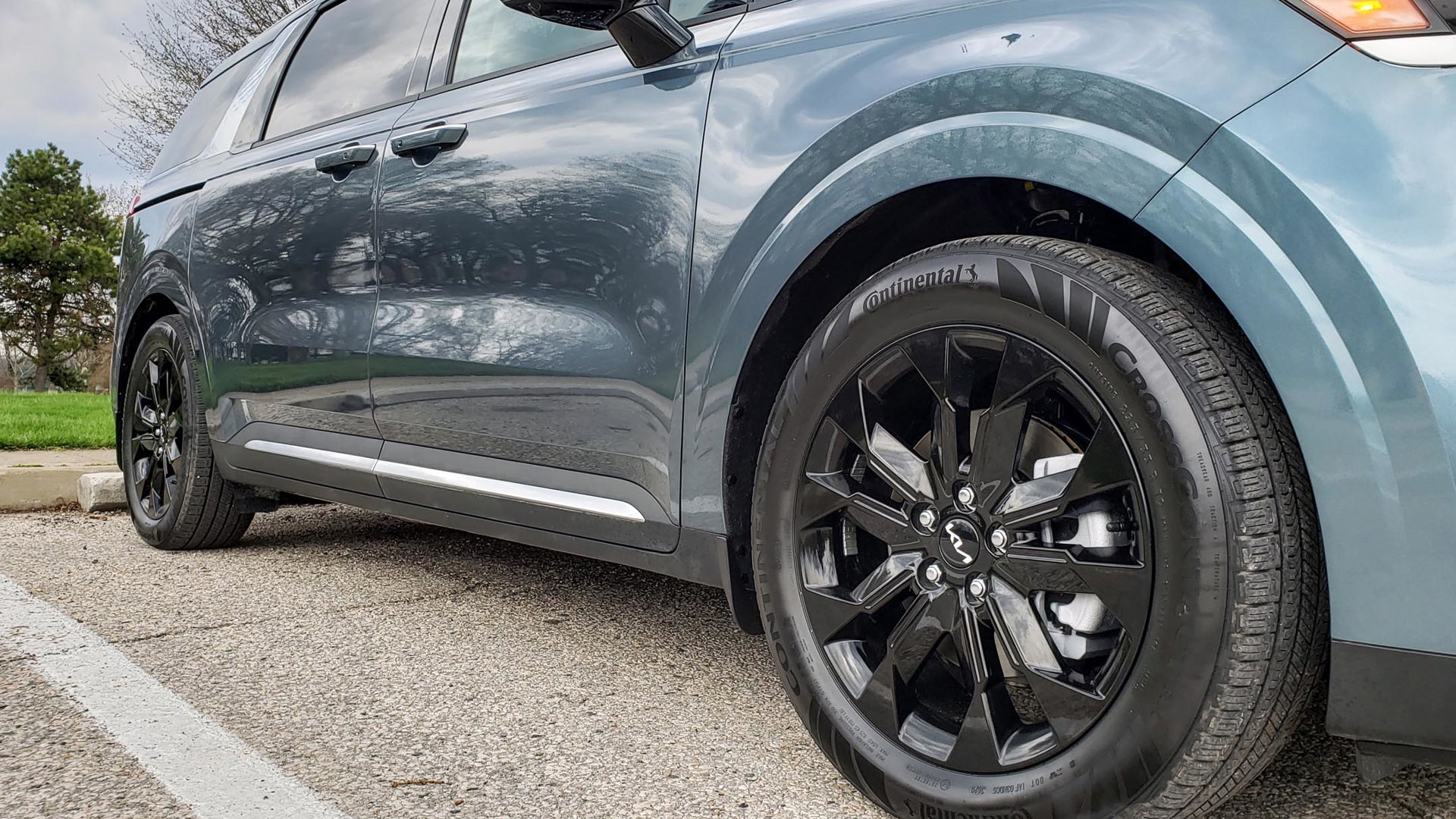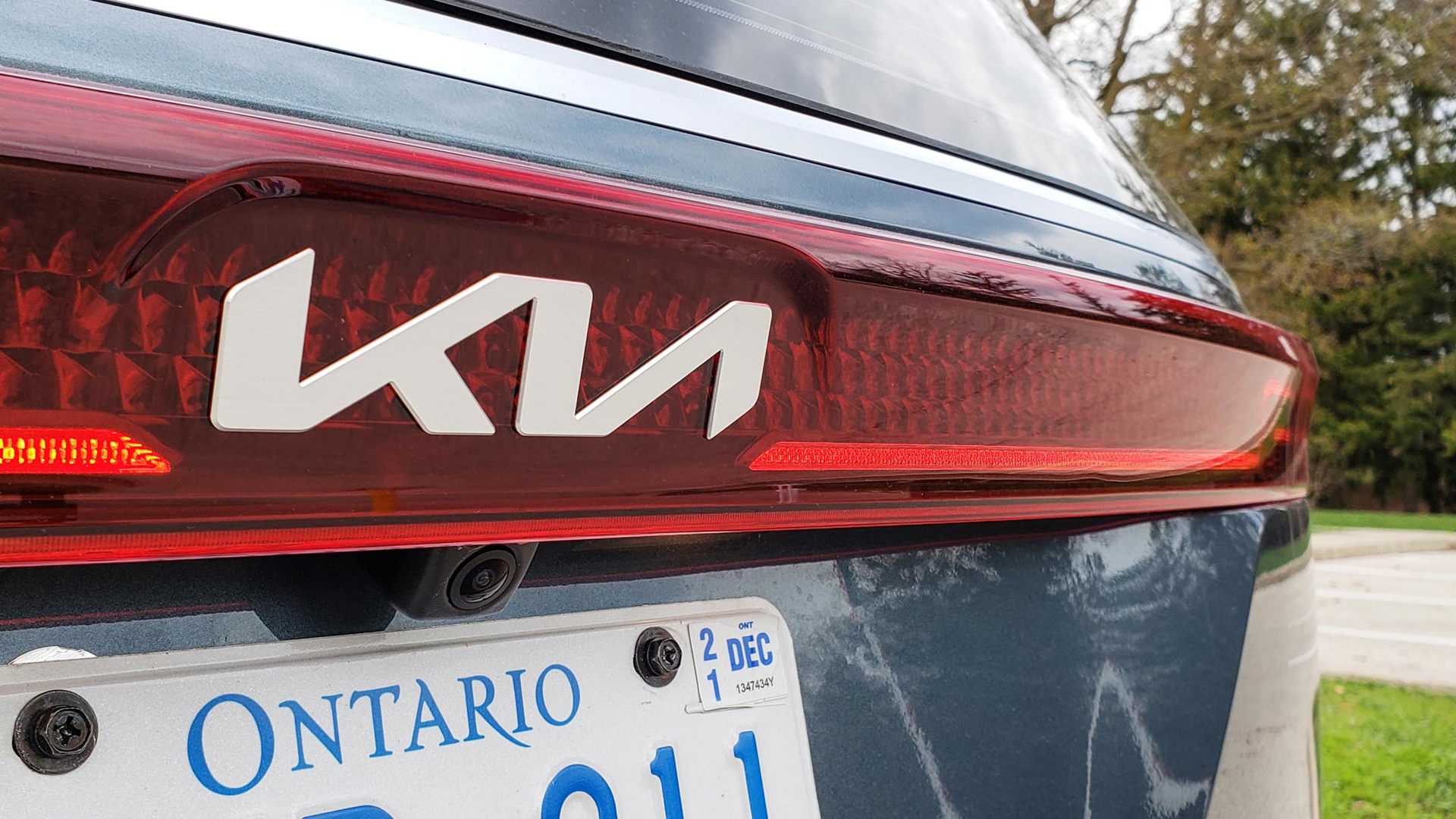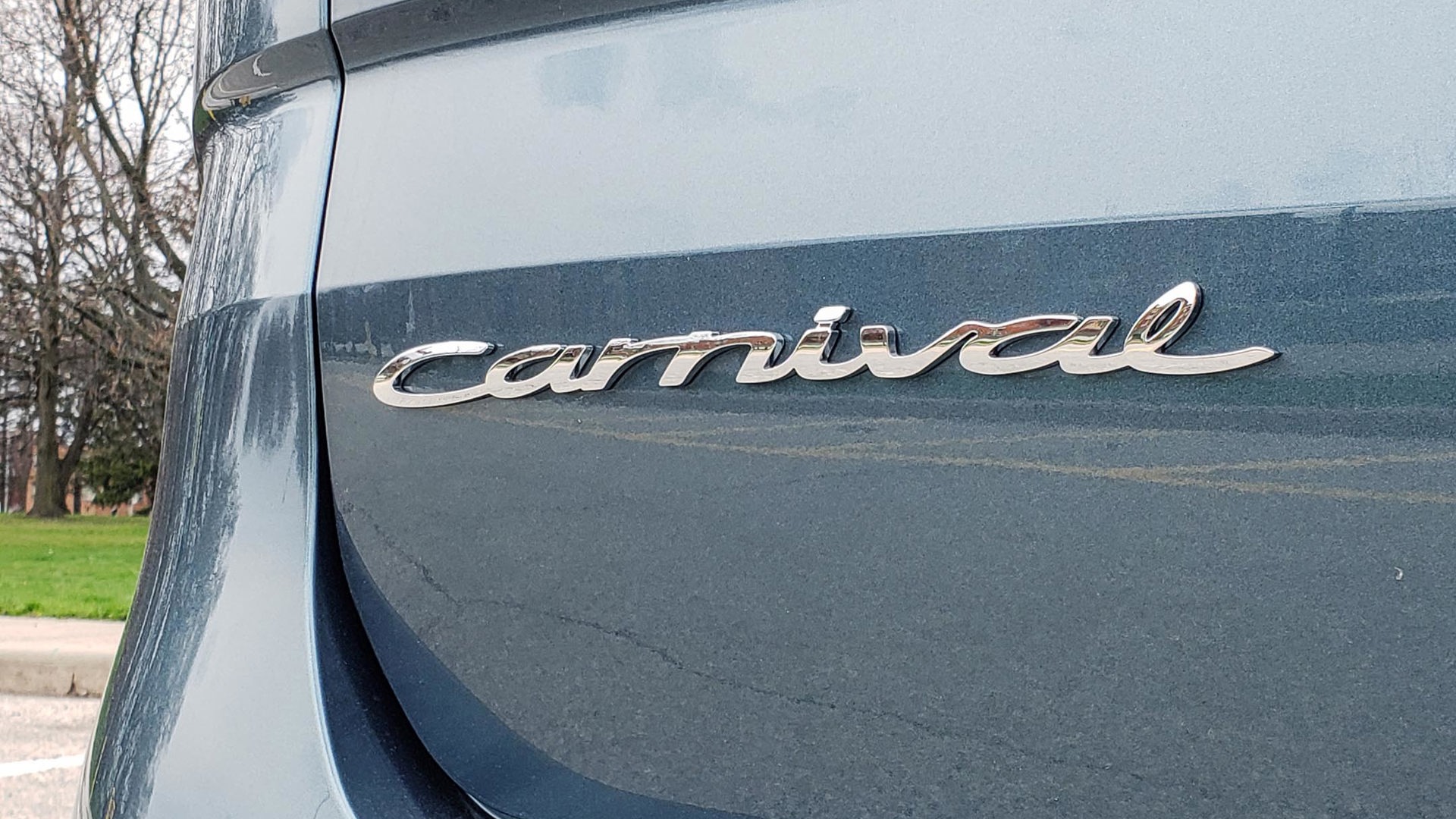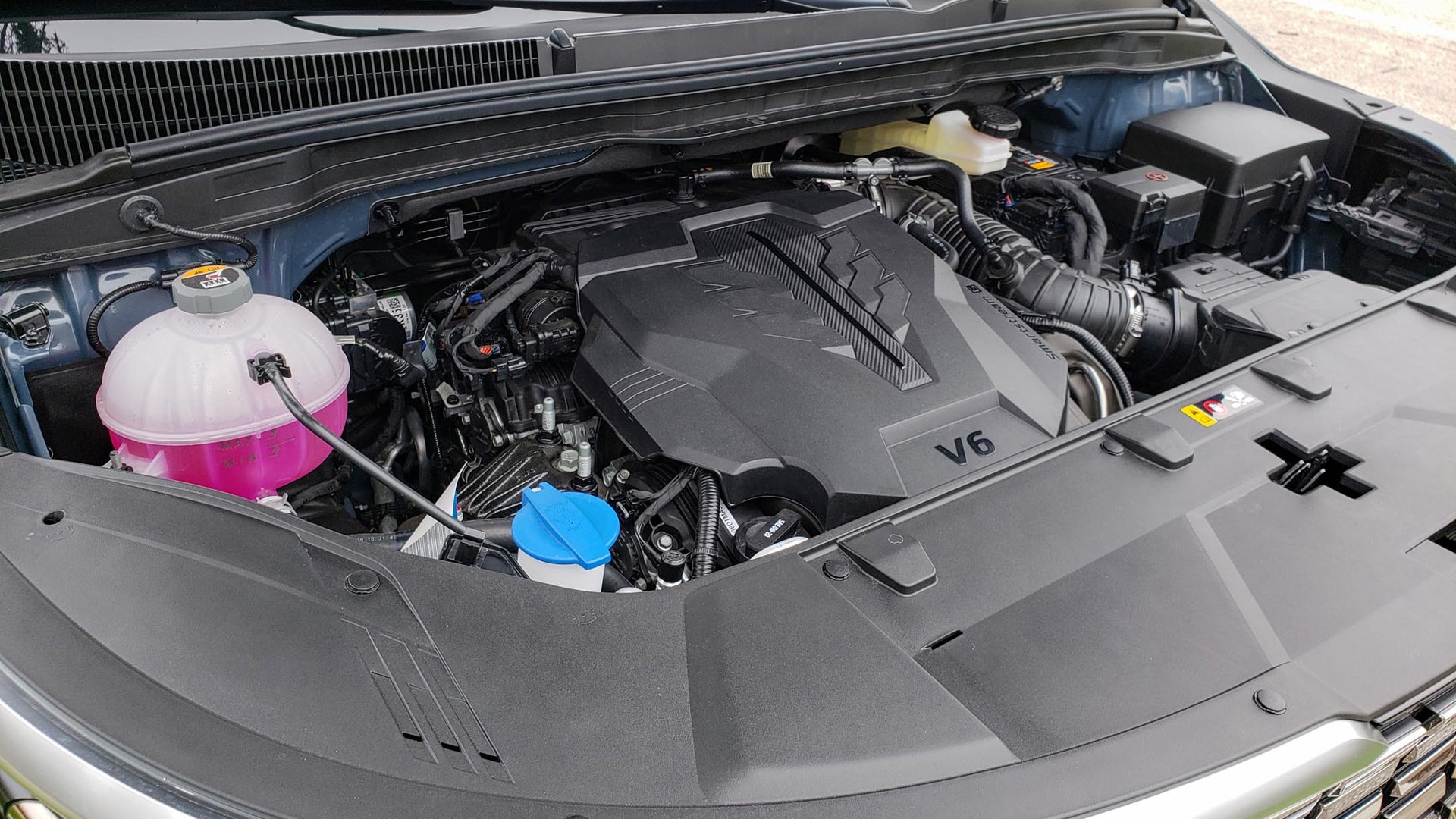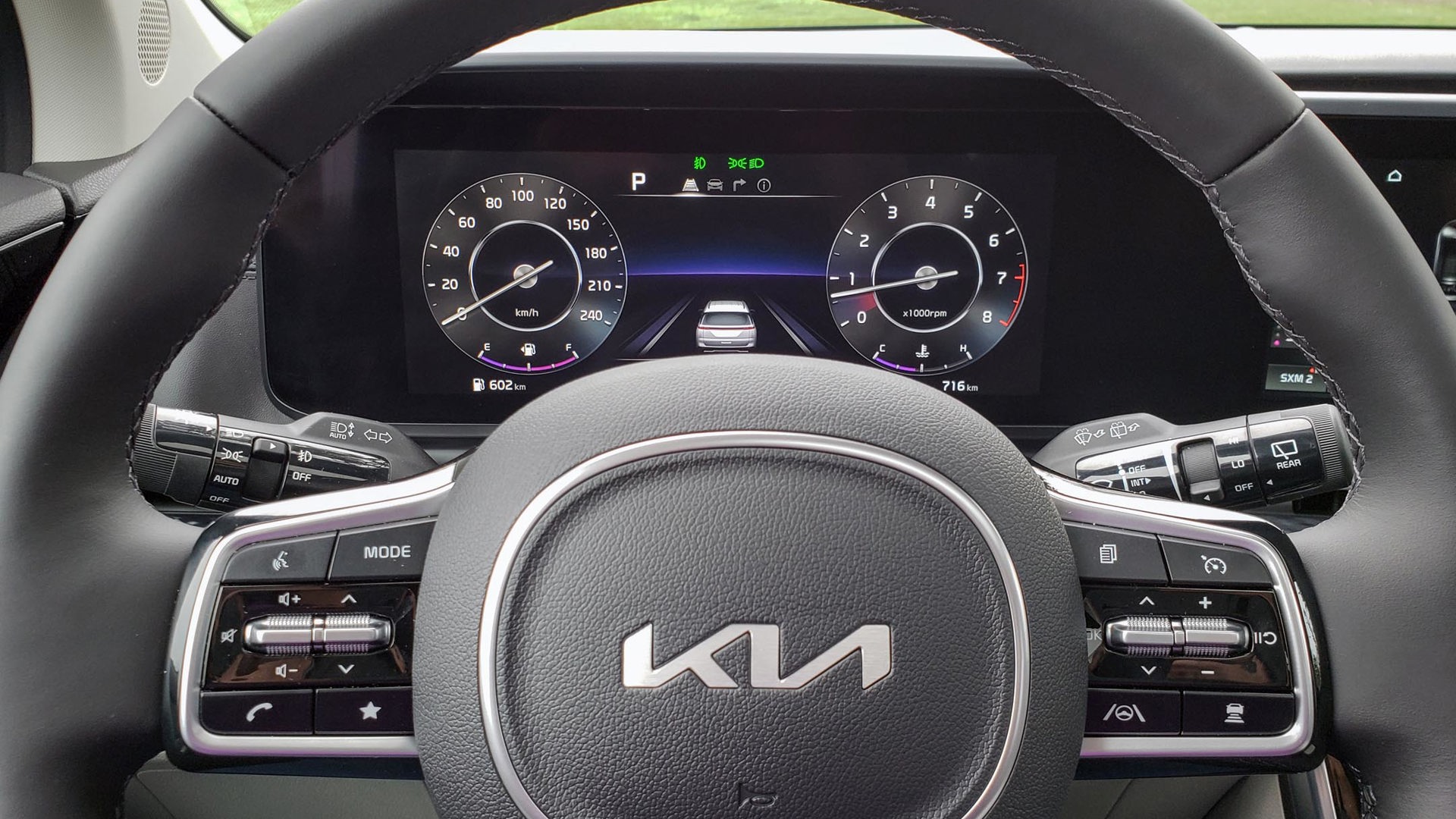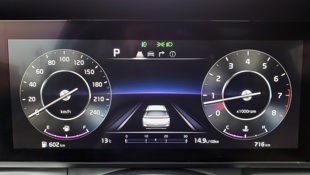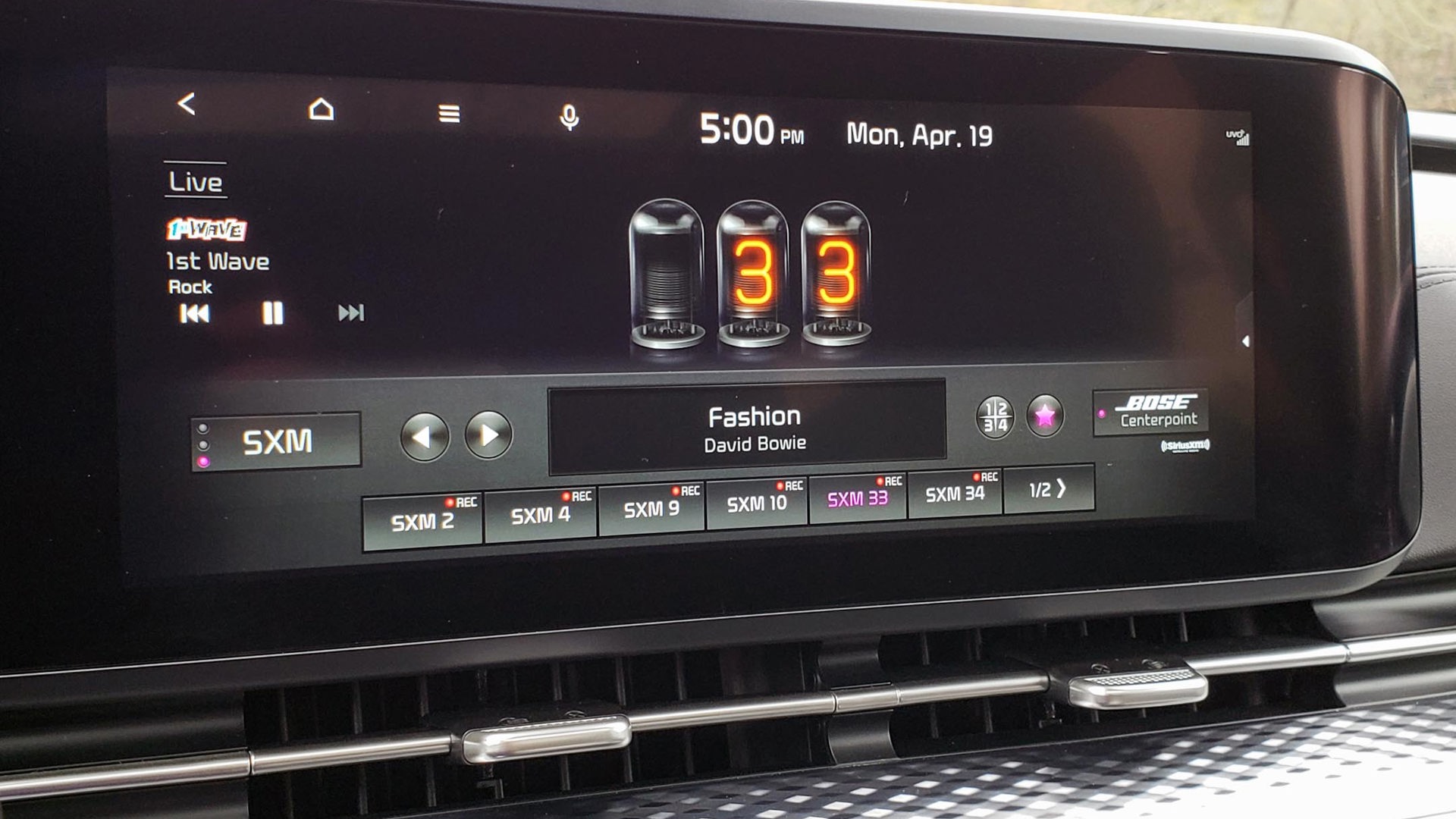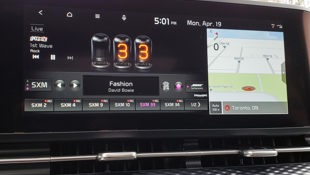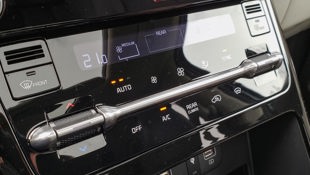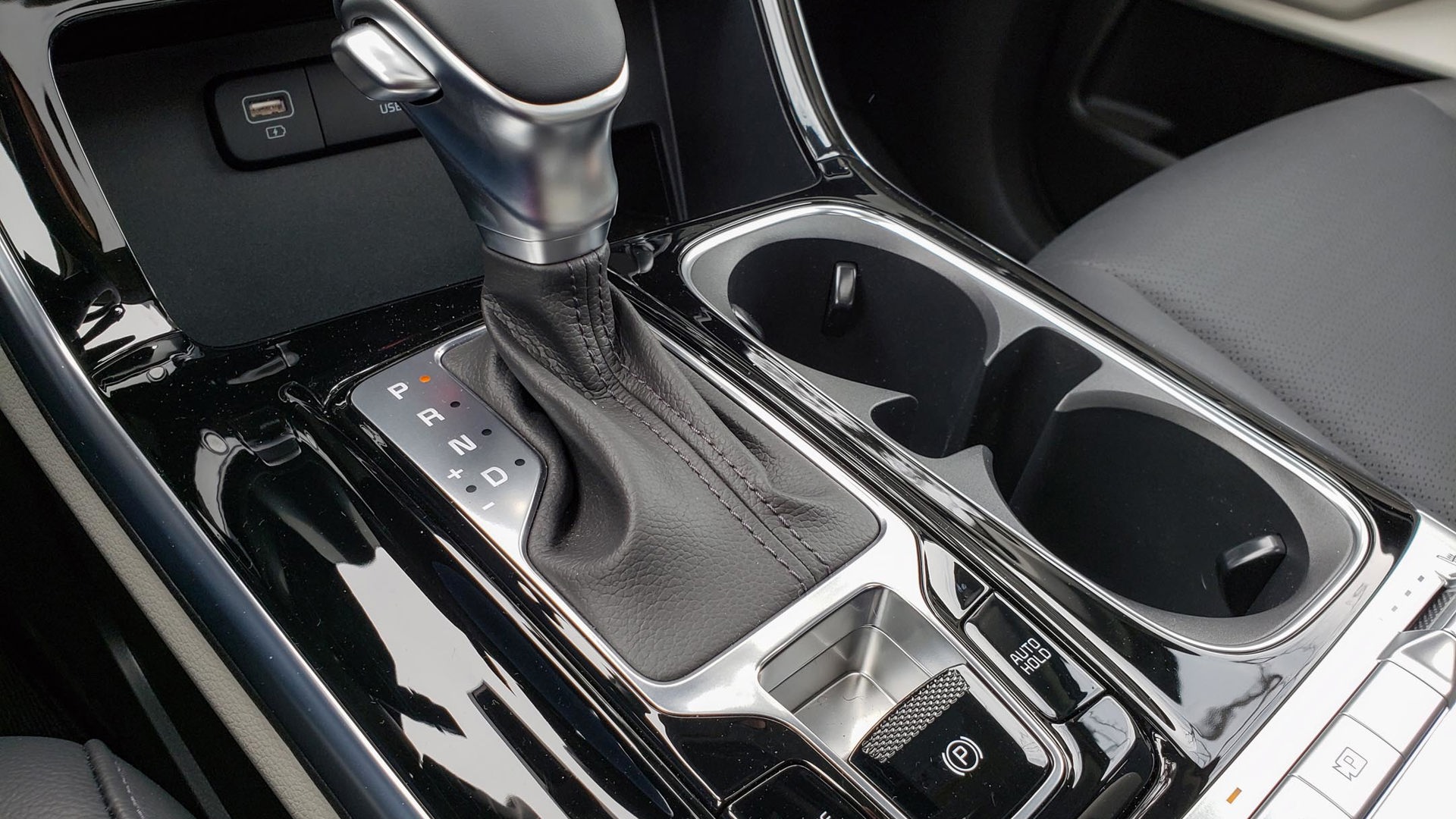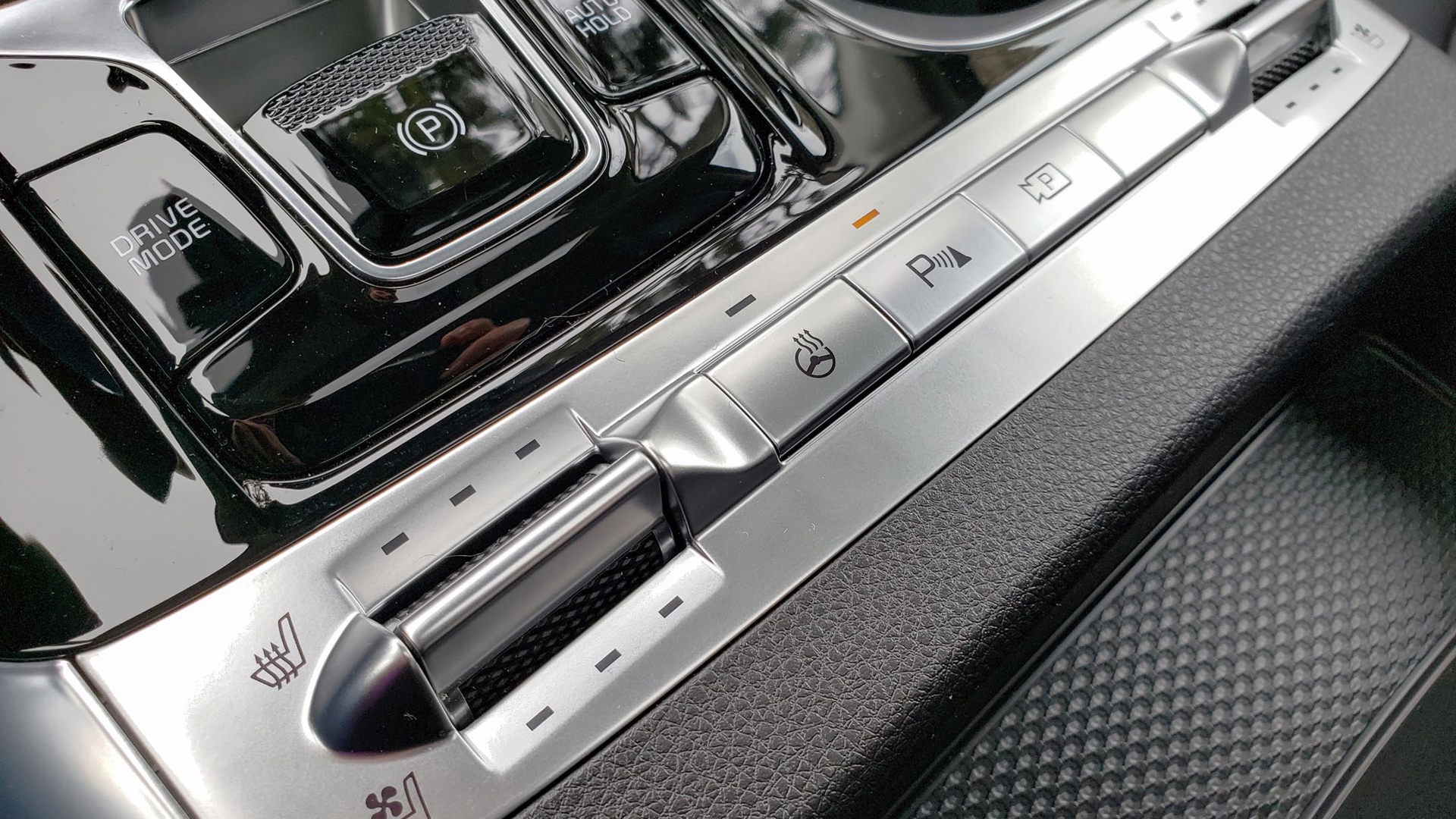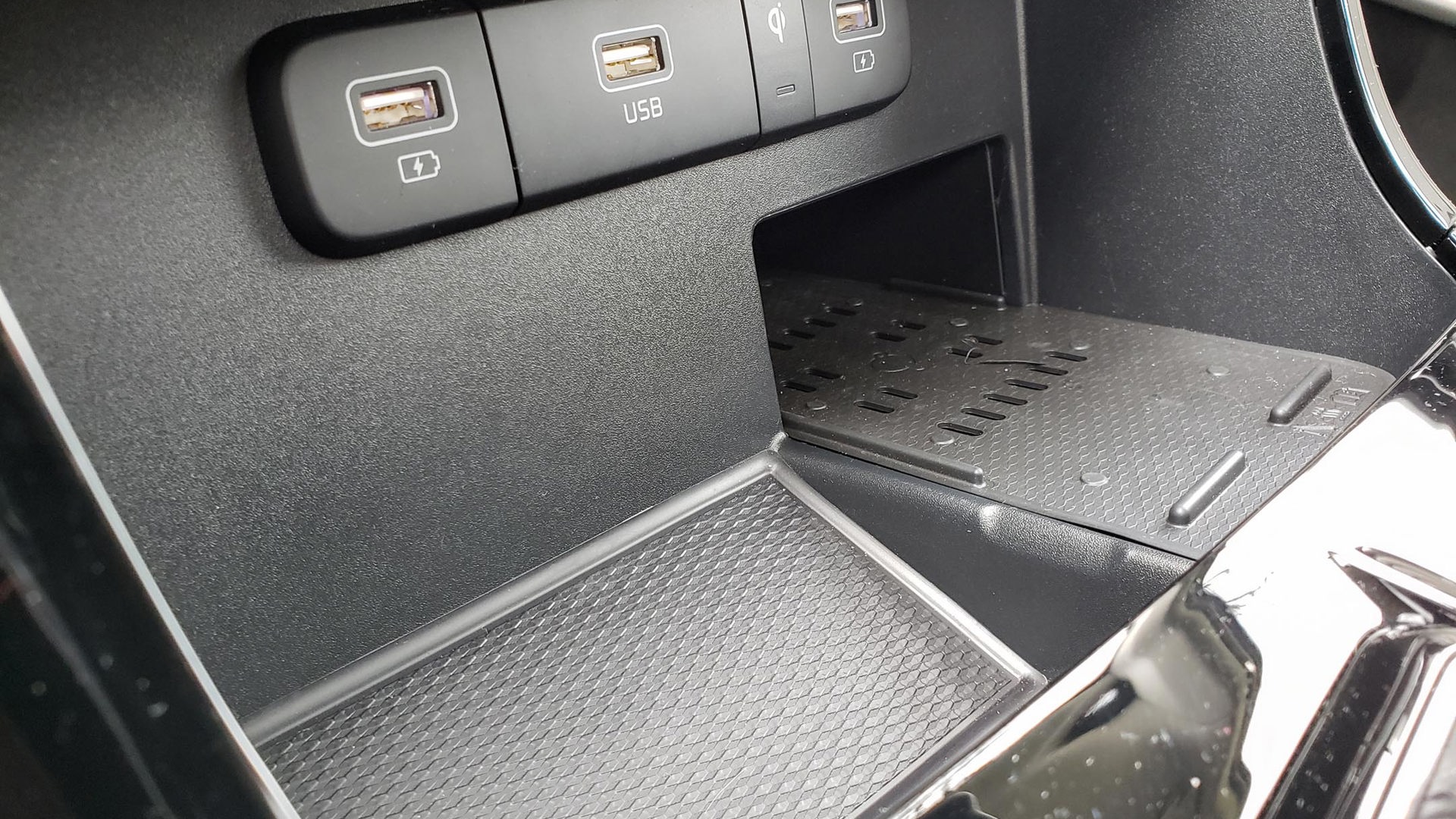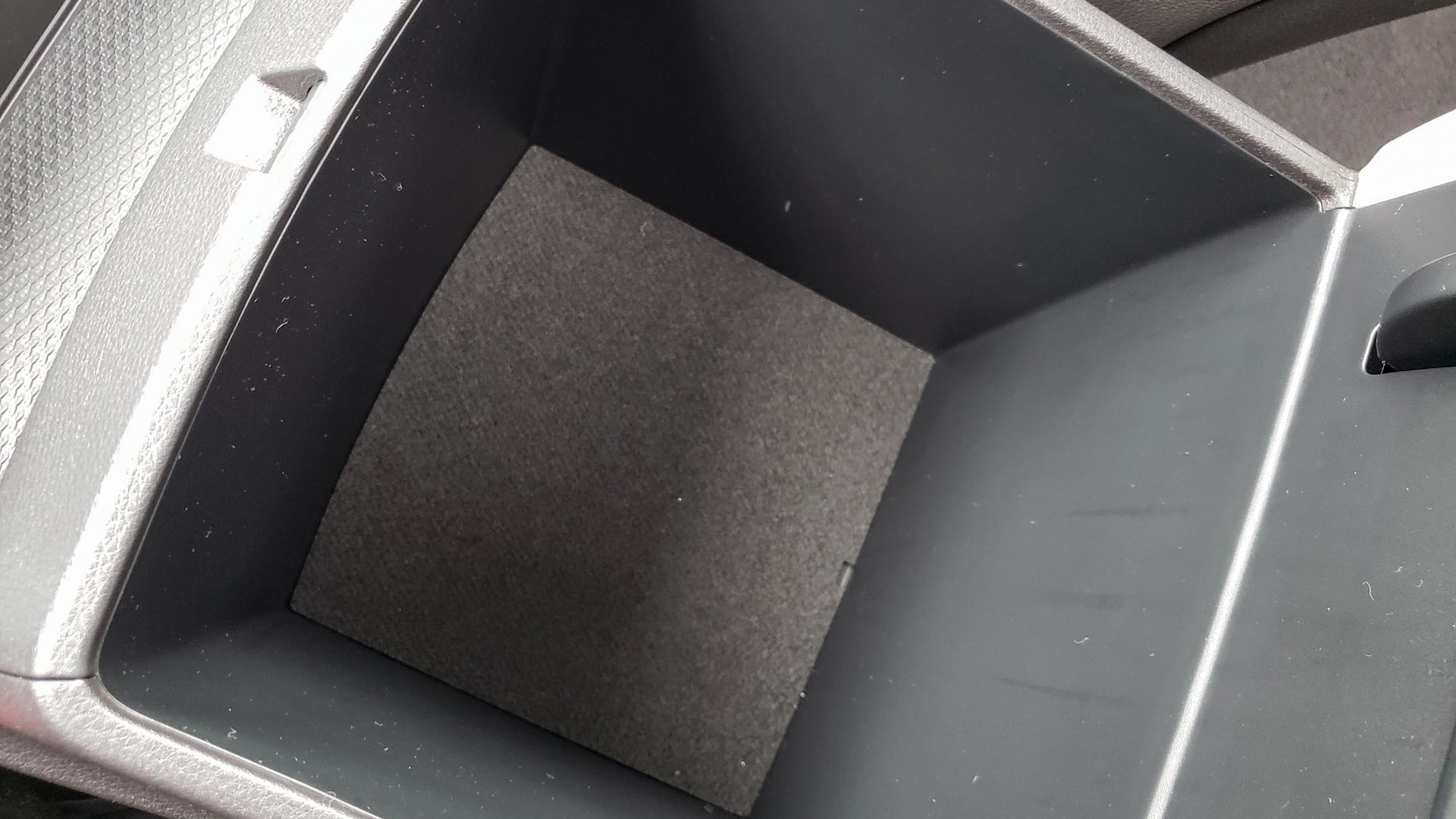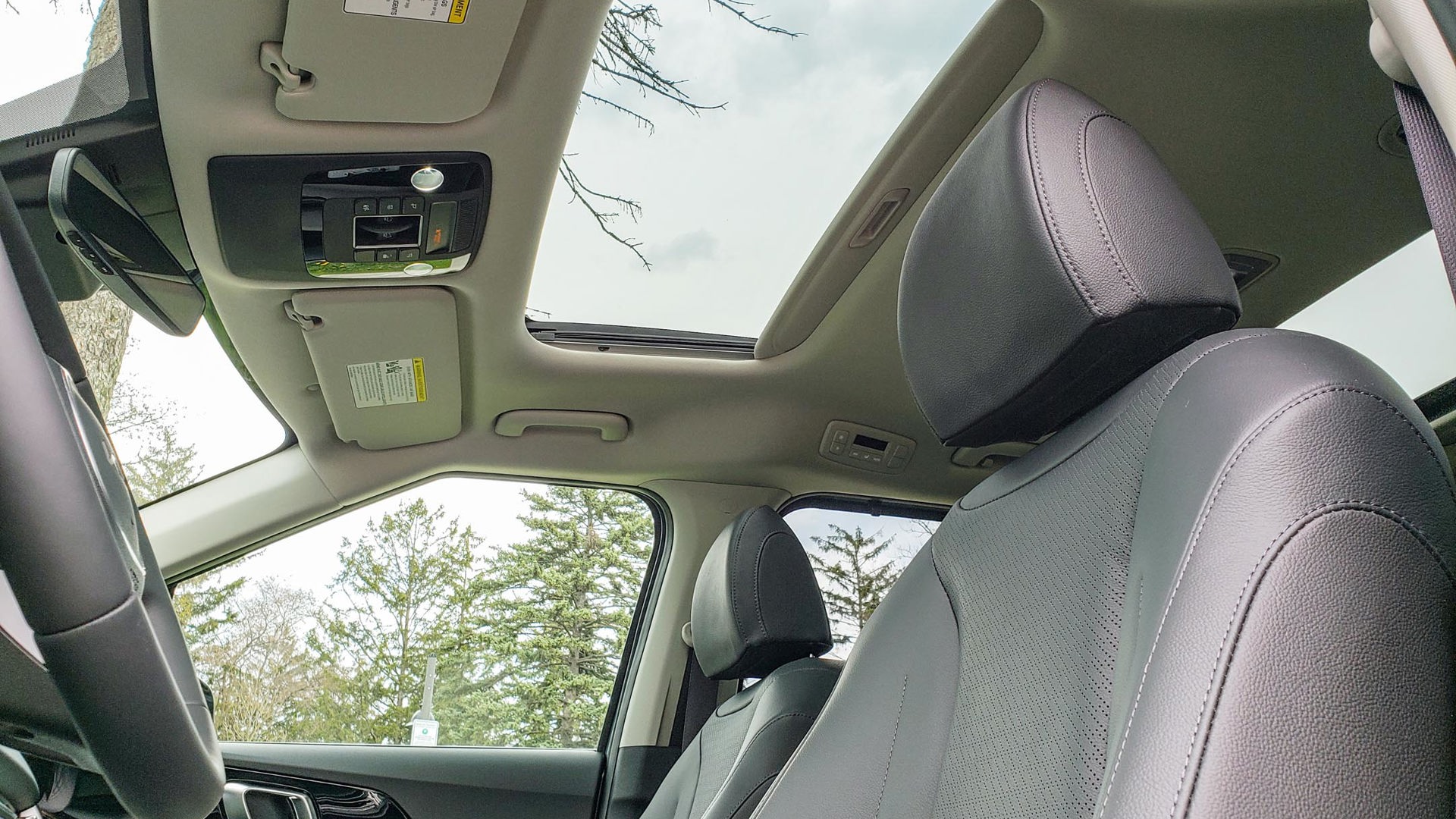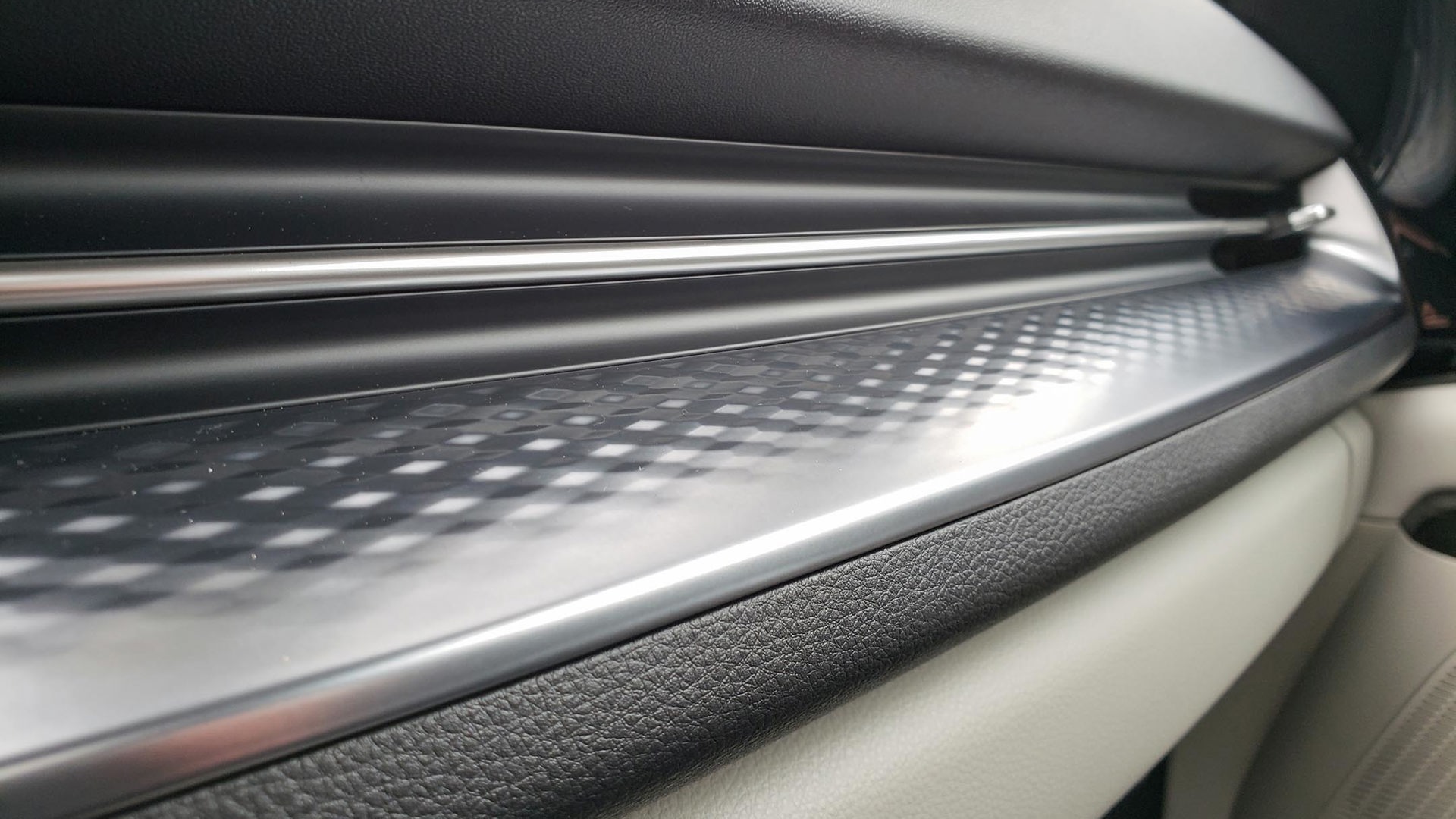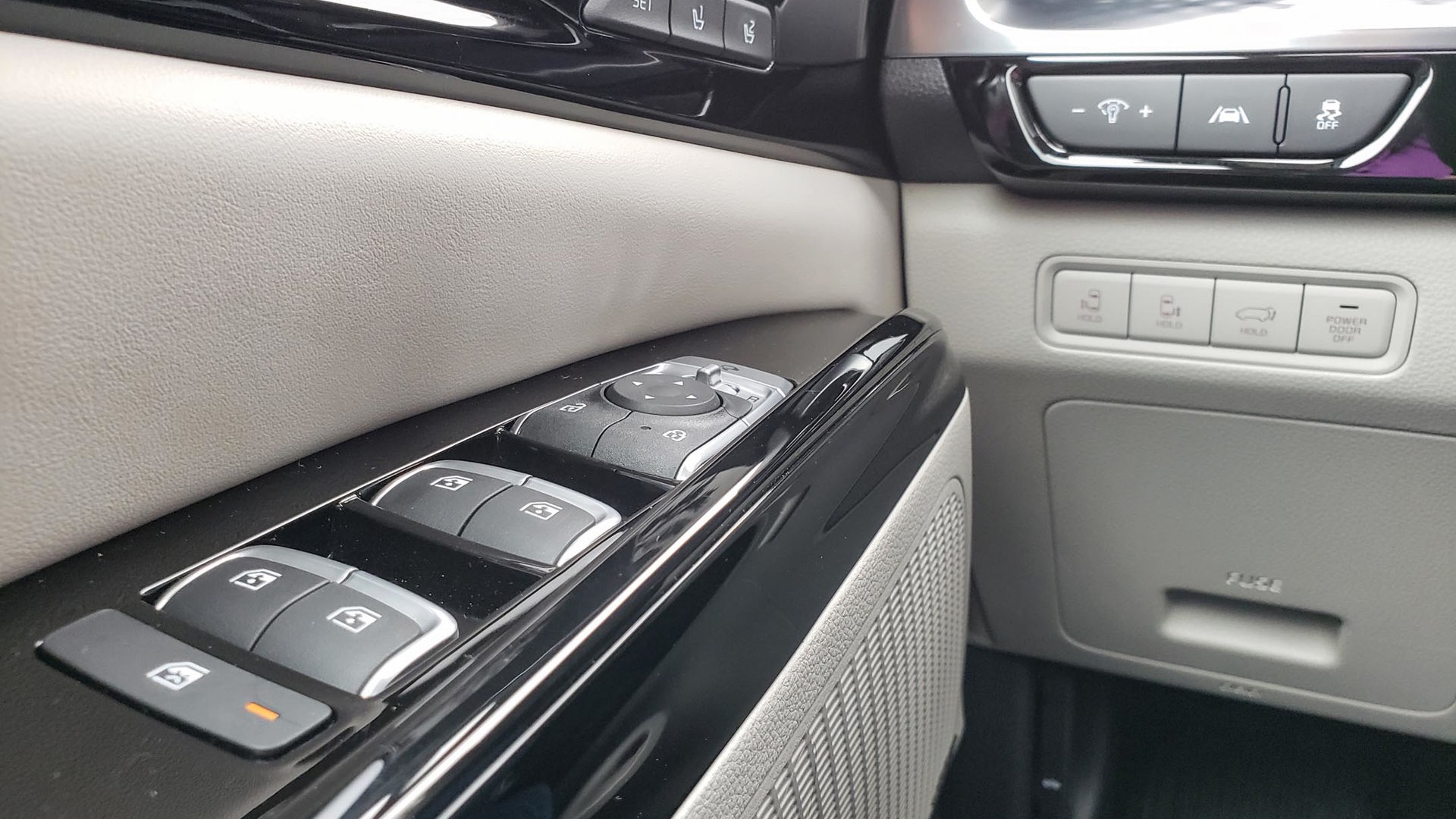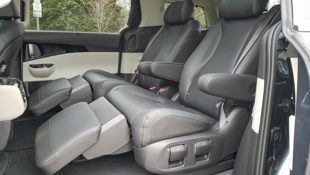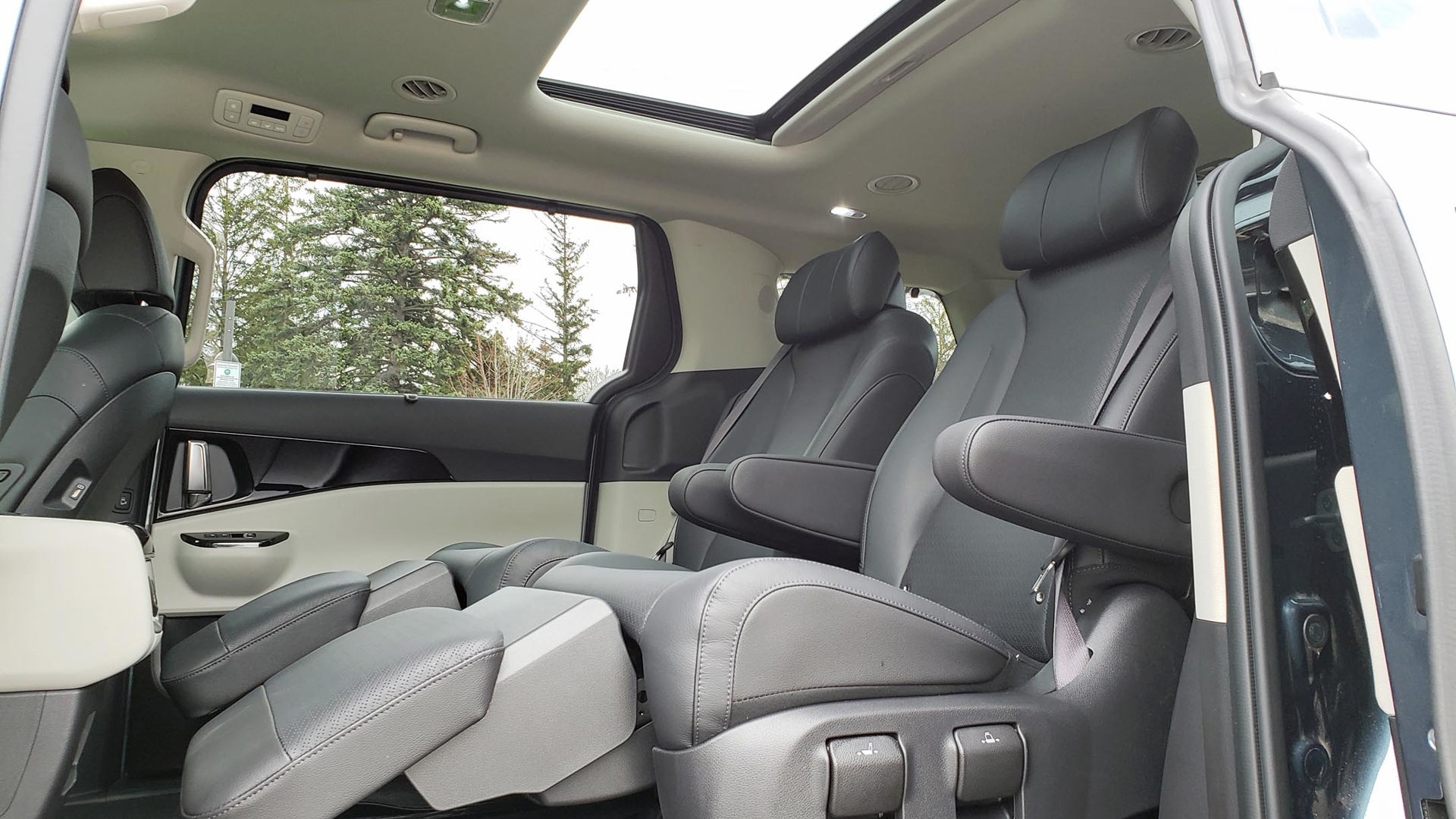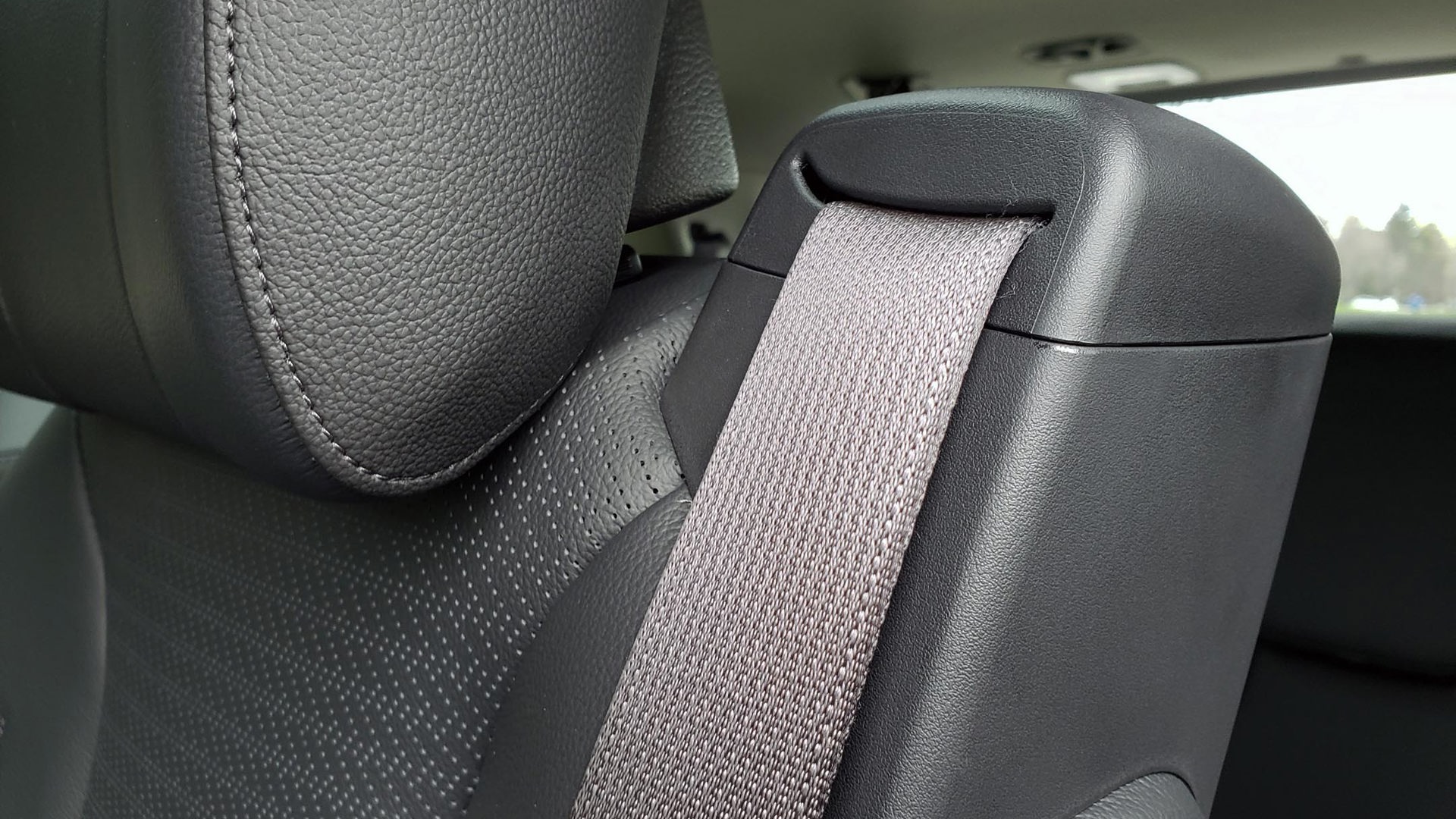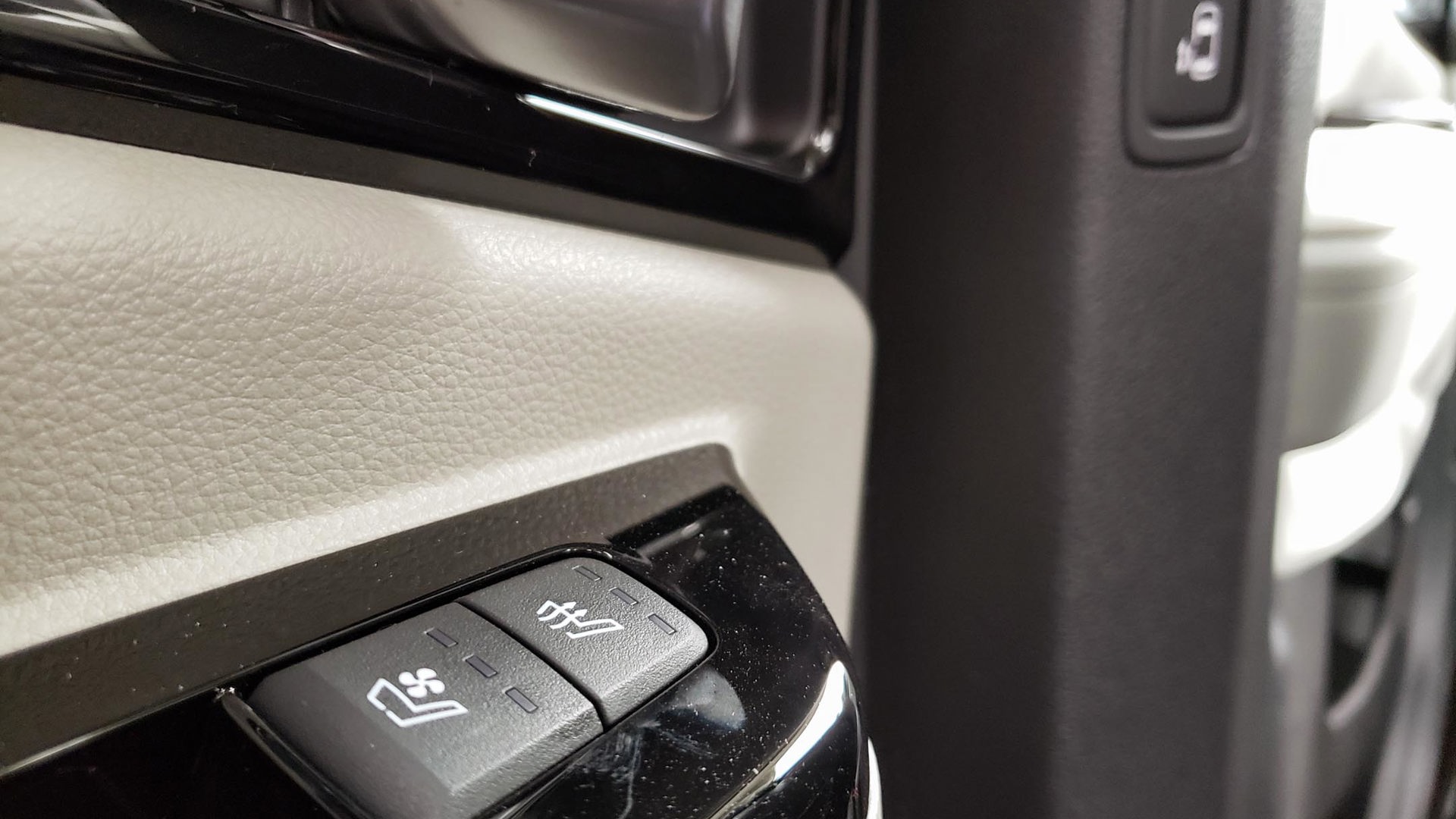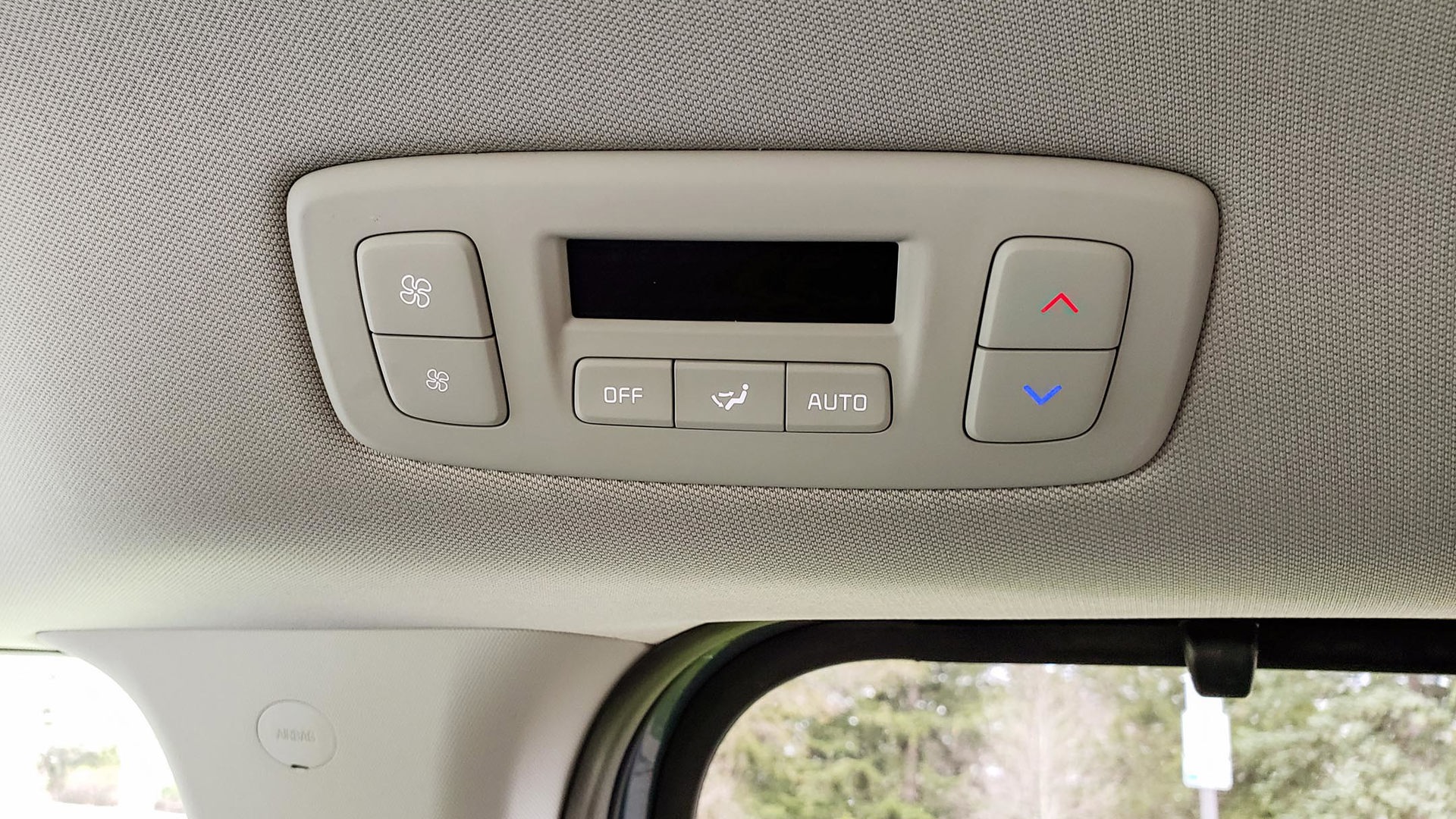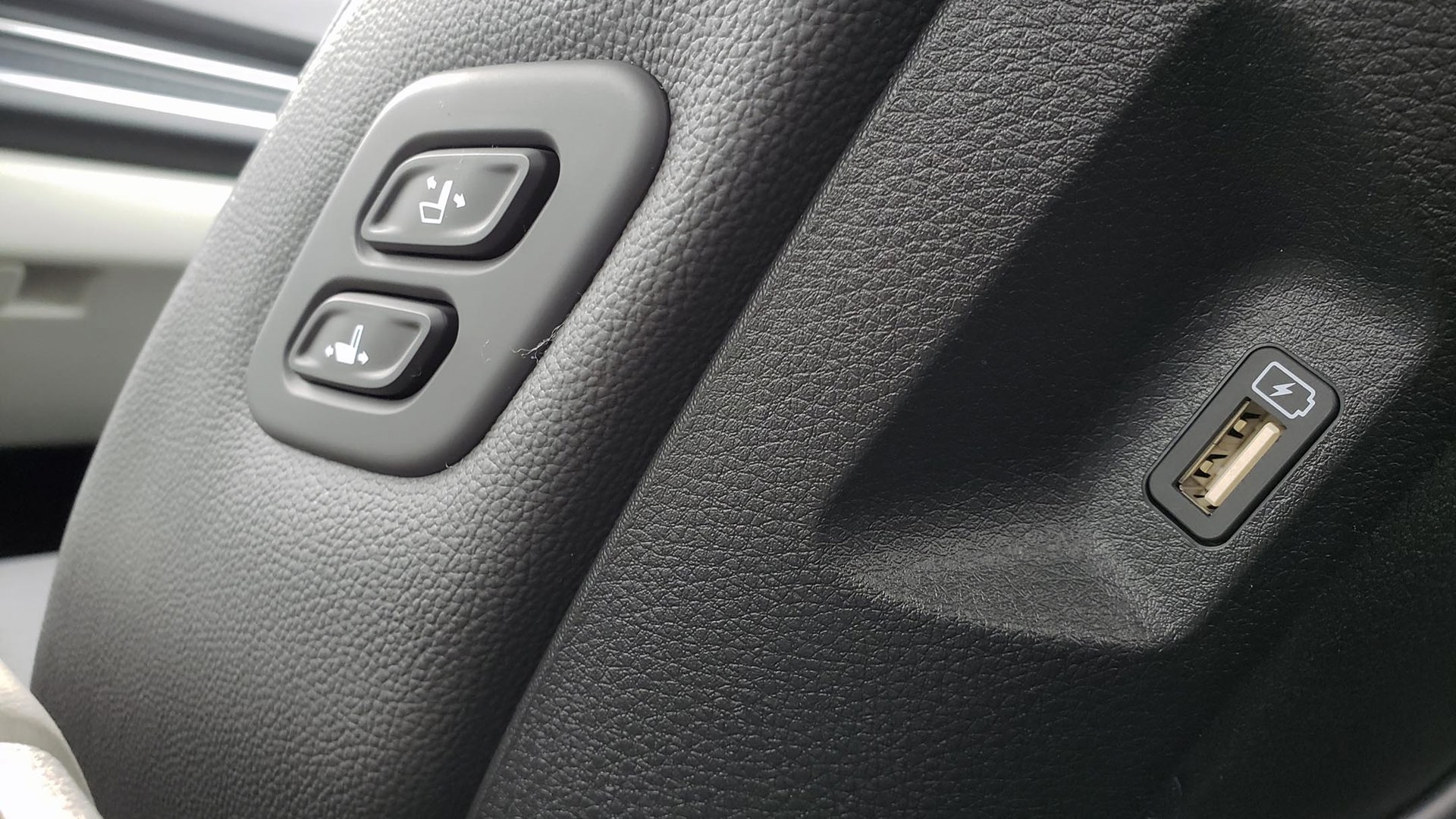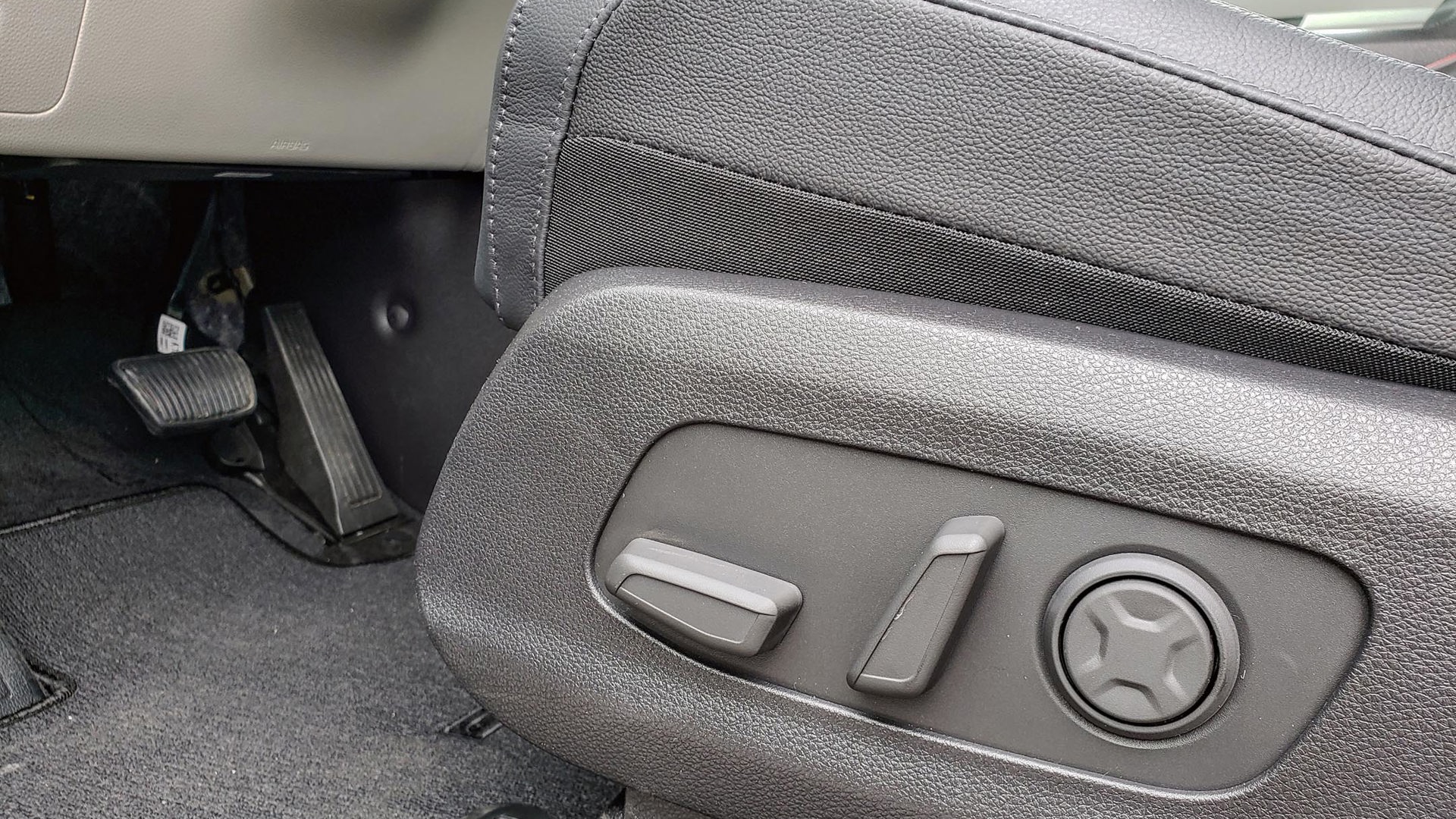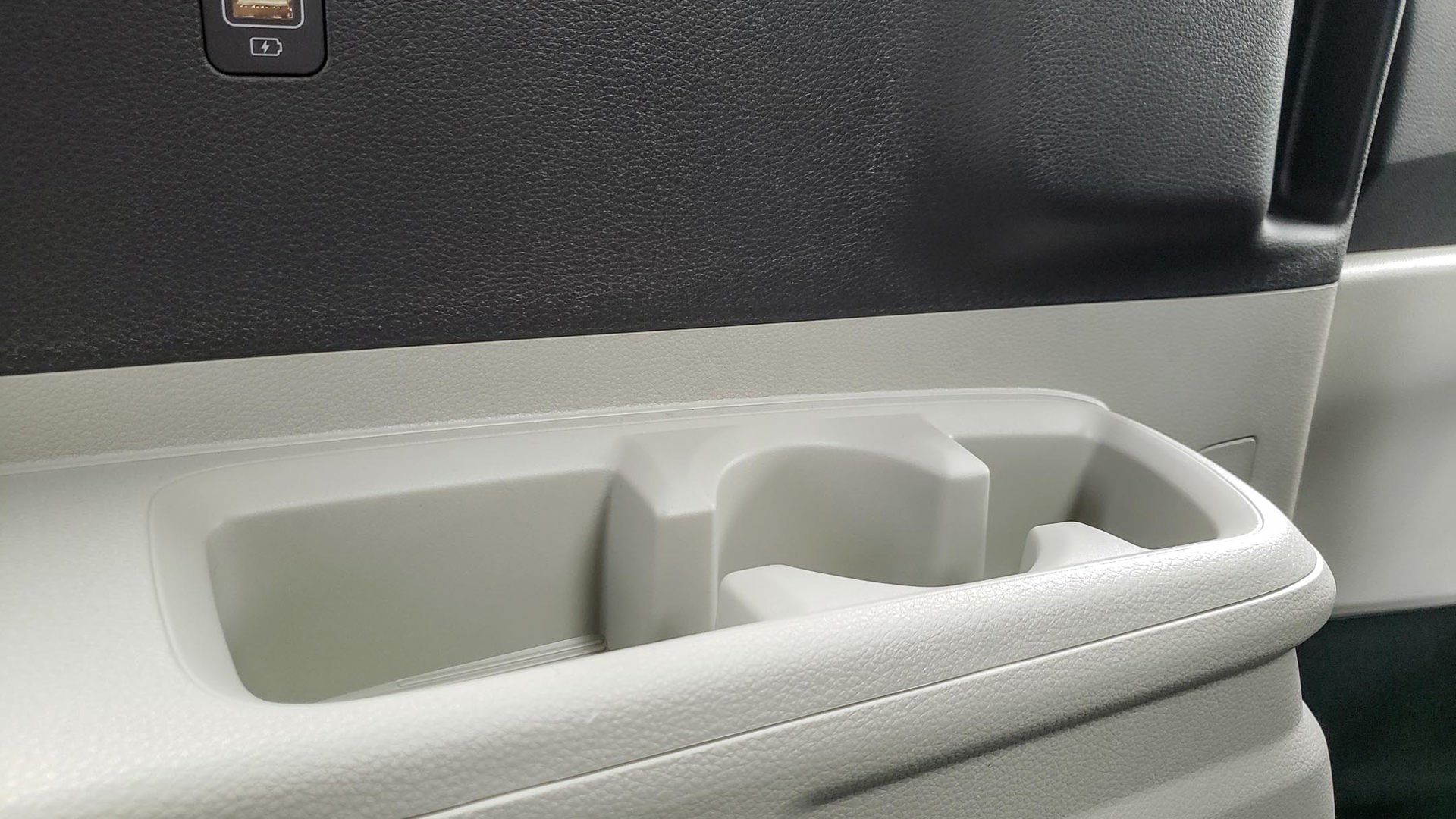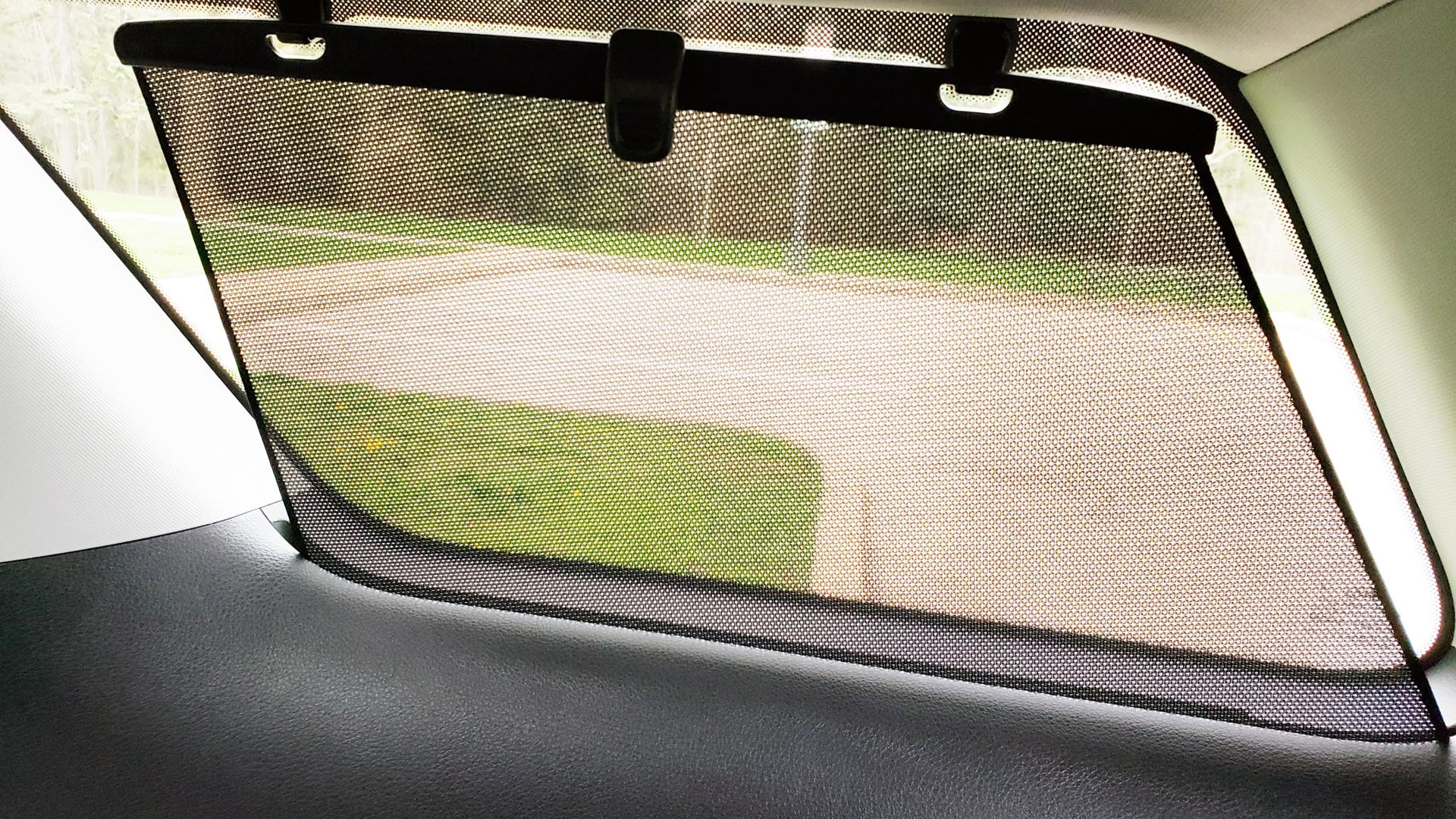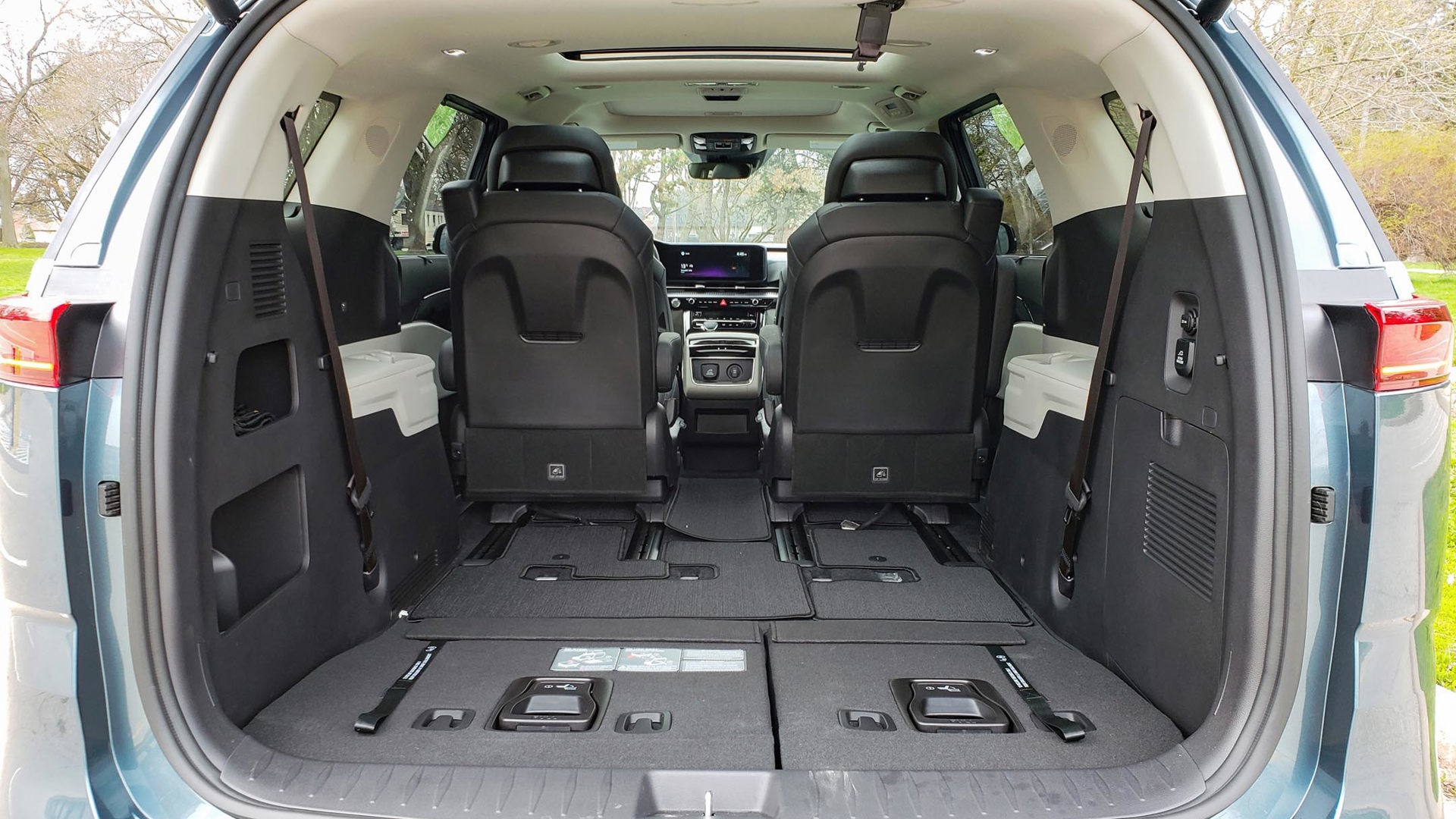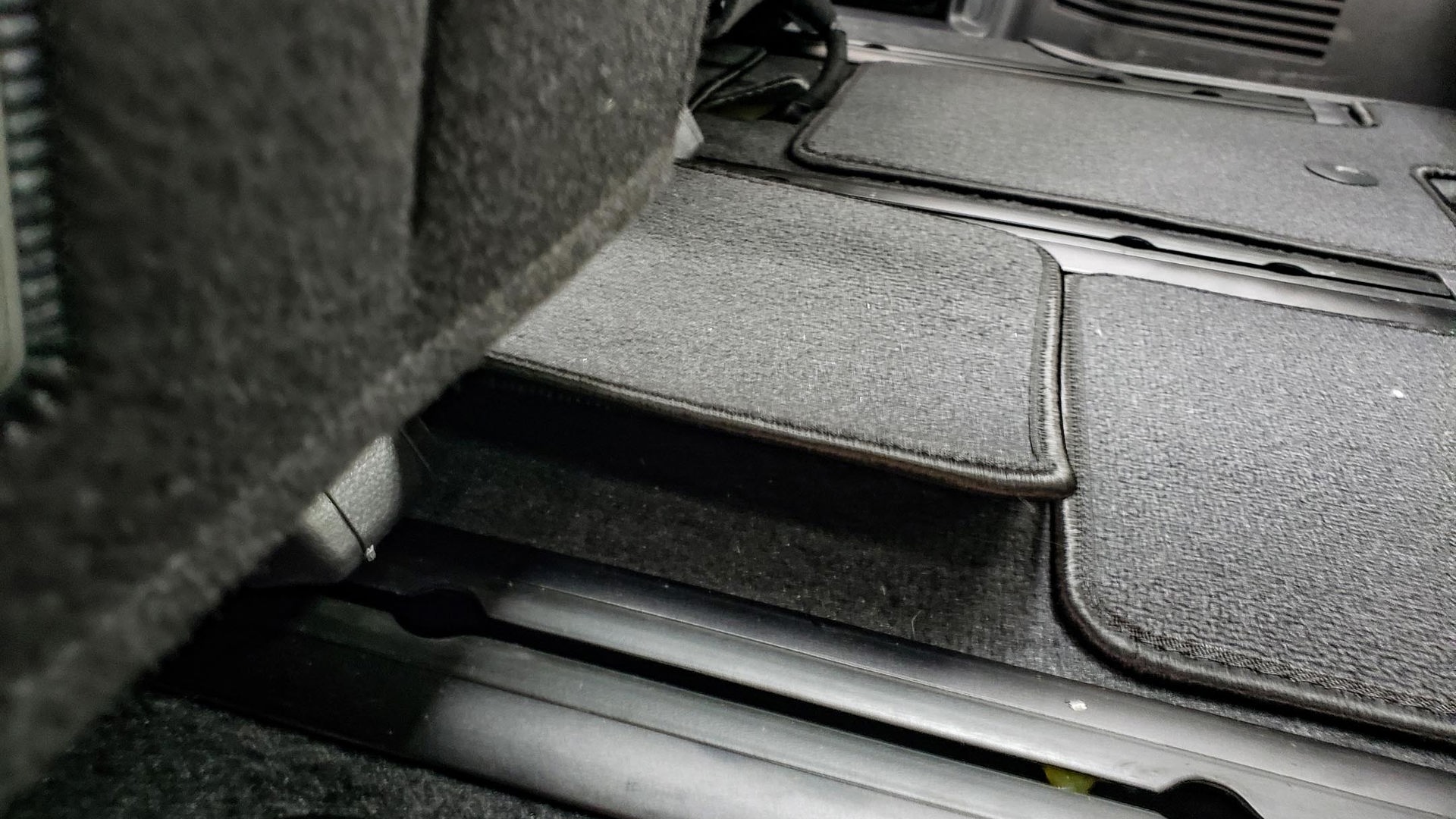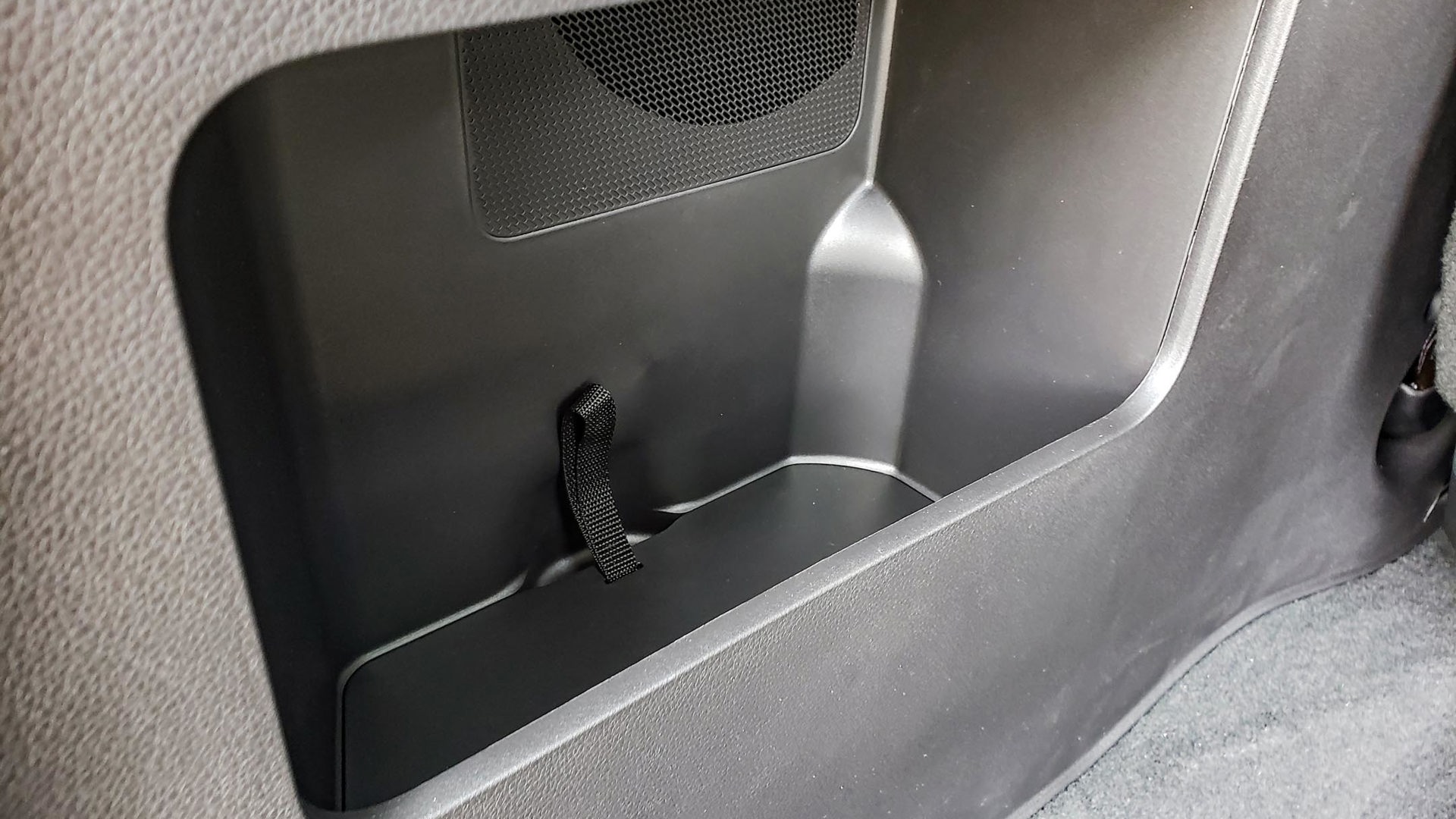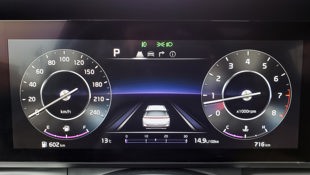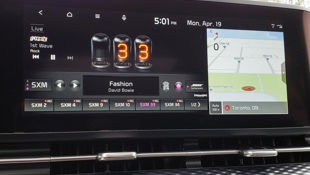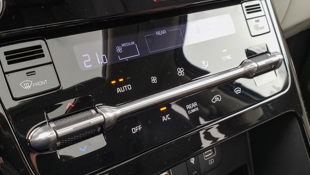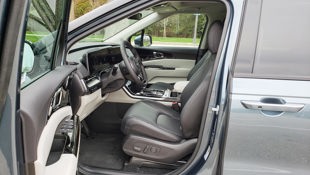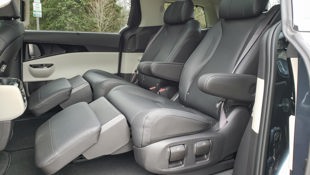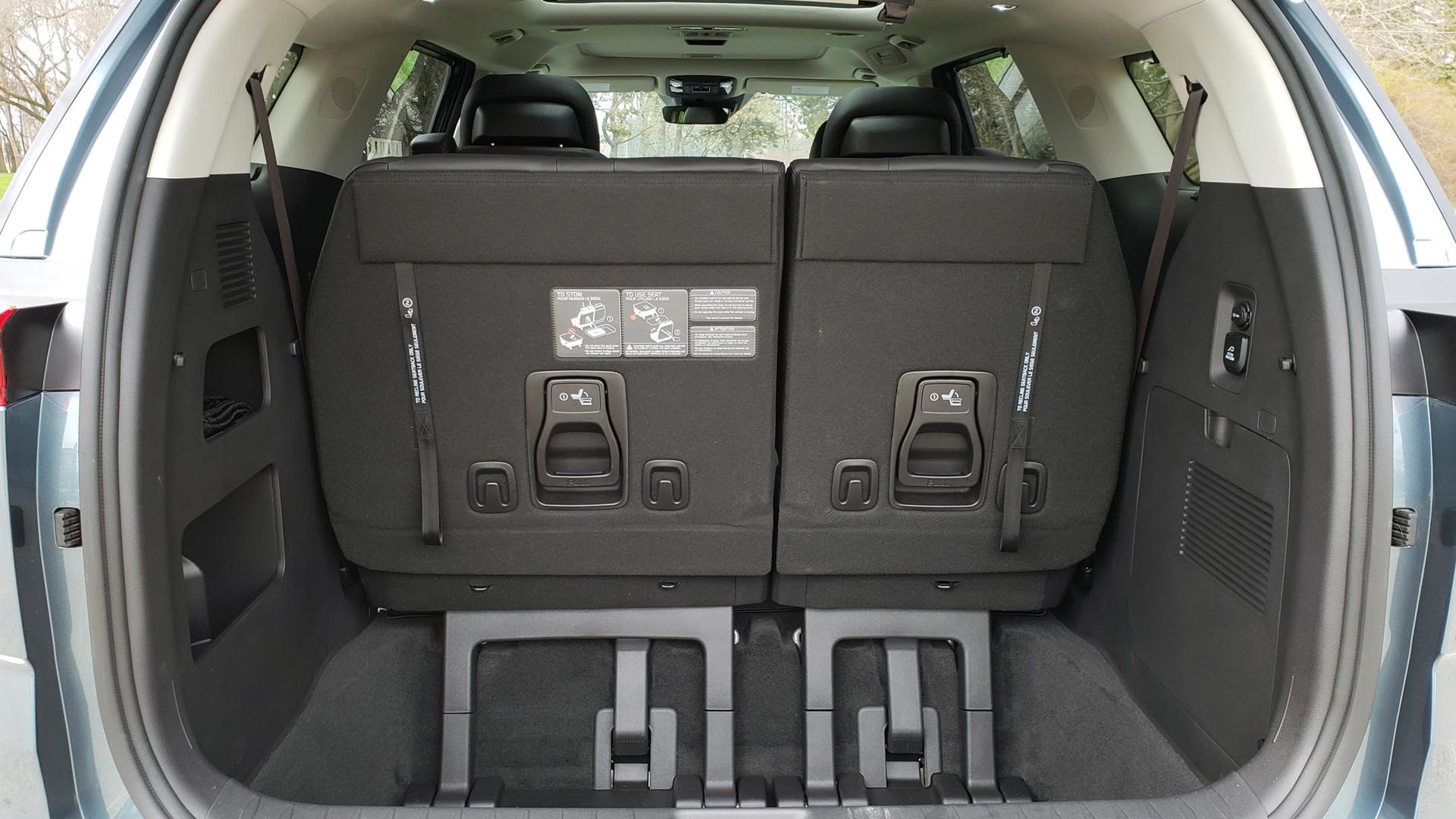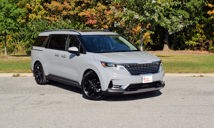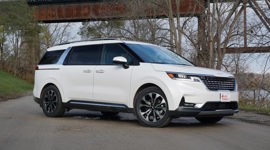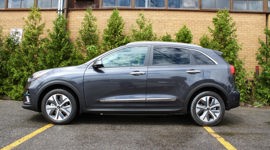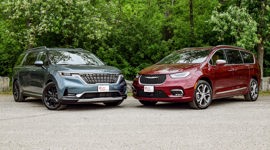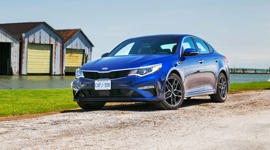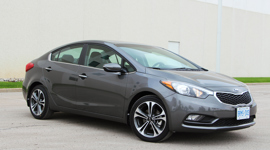 AutoTrader SCORE
AutoTrader SCORE
-
STYLING8/10
-
Safety7/10
-
PRACTICALITY8/10
-
USER-FRIENDLINESS7/10
-
FEATURES8/10
-
POWER7/10
-
COMFORT8/10
-
DRIVING FEEL7/10
-
FUEL ECONOMY7/10
-
VALUE7/10
Call me crazy, but I think the minivan might be right on the cusp of a resurgence.
The segment is in the midst of an exciting overhaul as automakers integrate features into minivans that no other body style can accommodate. It’s interesting, then, that Kia has chosen to shy away from the minivan label at precisely the time when it might be wise to lean into it.
The 2022 Kia Carnival – a new name for a product formerly known as the Sedona – is being billed as a “life utility vehicle,” but there’s no mistaking that it’s a minivan. That’s not a knock on the Carnival, though, and this new label Kia has slapped on it doesn’t change much about its newly added upsides – or its enduring shortcomings.
Styling: 8/10
Kia is going for SUV-like styling on the Carnival, and for the most part it’s gone in the right direction. But there is one telltale detail designers missed: the door tracks still run clear through the middle of the quarter panels on both sides. By contrast, most other modern minivan designs have managed to disguise these by tucking them in with the side glass.
Set that aside and the Carnival is quite handsome in this loaded SX grade, with a concave chrome-accented grille, black 19-inch wheels, an interesting decorative finish on the C-pillars, and the updated Kia logo and badging. As a parent, I absolutely love the design in this interior: the seats are black to help hide potential stains, and that goes for every available trim; but there are just enough light-coloured panels to add some brightness and visual interest.
Safety: 7.5/10
While the Insurance Institute for Highway Safety (IIHS) has yet to evaluate the Carnival, it does come with a solid list of standard advanced safety features: lane-centring assist, lane-keep assist, driver attention warning, automatic high-beams, and a passive rear seat reminder system. Jump up to the EX grade and it adds adaptive cruise control, blind-spot monitoring with rear cross-traffic alert, front parking sensors to go with the rear ones that are standard, forward collision warning that can spot oncoming traffic while attempting a left turn, a sensor-based rear seat reminder, and so-called safe exit assist, which emits a warning prior to a door being opened into oncoming rearward traffic (including cyclists).
Finally, the SX trim adds LED lighting all around, reverse automatic braking that works at parking lot speeds, and a camera-based blind-spot monitor that displays a live look at either side of the vehicle in the instrument cluster when the turn signal is activated.
Features: 8/10
The previous generation of Kia’s full-size family hauler wasn’t available with features offered elsewhere in the segment such as stowable second-row seats, kick-activated doors, a rear-seat entertainment system, or an onboard vacuum. While second-row seats that tuck into the floor are patented and exclusive to Chrysler products the rest is fair game, and yet none is offered in the Carnival.
However, USB ports have been added to the sides of the front seats, which give second-row passengers a way to charge handheld devices – a function that will do the job for plenty of families that might prefer tablets to built-in screens anyhow. Plus, there’s a fully digital instrument cluster, and the first two rows of seats are heated and ventilated in this SX grade.
Those second-row seats also convert into something pretty darn cool here: they fully recline and integrate power footrests and an almost 900-mm (35.4-in) track to offer a wide variety of seating positions and comfort options. The belts are integrated into the seat backs, which makes a deeper recline safer at speed, and they also move side-to-side in order to maximize the travel of the long-slide rails. Add in the separate sunroof, and the ambiance back here made for a fun driveway movie night for me and my daughter during a province-wide stay-at-home order during testing.
User Friendliness: 7/10
The Carnival’s infotainment system comes with standard Apple CarPlay and Android Auto functionality just like its predecessor, and the split-screen layout is great for making multiple views visible at once. However, I have an even harder time reaching the buttons on the right side of the screen on this infotainment layout than I did with the old one. And although the retro lightbulb graphic on the radio tuning screen looks cool, it dominates the layout and renders more important items like preset buttons smaller and more difficult to use. And one other point: cool though the SX grade’s second-row seats may be, they don’t have quick-release functions to access the third row, making it much more difficult to climb in the back..
Practicality: 8/10
Other than the lack of stowing second-row seats, the Carnival hits all of a minivan’s expected practicality points. Cargo volume is up slightly compared to the Sedona that came before this, with 1,139 L behind the third-row seats, and 4,110 L with the rear rows of seats folded in half. The Carnival also comes with four locations where child seats can be properly anchored – two in each rear row. In the third row, there’s a tether anchor in the centre as well, which allows for a car seat in the middle position.
Comfort: 8.5/10
The SX trim in particular has comfort covered thanks to its heated and ventilated first- and second-row seats, and those reclining second-row captain’s chairs. The third-row seats are decently comfortable as well, with a good amount of rise between the floor and the seat cushions. And while legroom needs to be negotiated with those entitled second-row passengers, the 927 mm (36.5 in) of headroom leaves something to be desired, while passengers will need to climb around those VIP seats to get into the back in the first place.
Power: 7.5/10
The Carnival’s new 3.5L naturally aspirated V6 engine is an upgrade over the Sedona’s 3.3L V6. Here, the driver has access to 290 hp and 262 lb-ft of torque, improvements of 14 of each, and transfers through a steady and predictable eight-speed automatic transmission. The improvement is slight but just enough to make a needed difference in situations where it counts such as highway merging. Towing capacity remains the same at 1,588 kg (3,500 lb), which is par for the segment.
Driving Feel: 7.5/10
There’s little difference in the Carnival relative to the Sedona: it handles pretty much as one expects a minivan to handle, though it’s perhaps a tick better than average with minimal body roll through its independent front and multilink rear suspension. The kicker? The Carnival’s ground clearance is decent at 172 mm (6.8 in), but it still doesn’t come with all-wheel drive. That’s likely going to matter a lot more than any life utility vehicle label ever could.
Fuel Economy: 7/10
Natural Resources Canada (NRCan) fuel consumption figures for the Carnival are estimated at 12.0 L/100 km for city driving, 8.9 on the highway, and 10.6 combined. I managed to put around 100 km on the Carnival in the four days I had it despite the stay-at-home order and ended up with an average of 12.8 L/100 km, most of which was city driving. That isn’t bad, but the overhauled Toyota Sienna’s hybrid powertrain does significantly better and is also available with all-wheel drive to boot.
Value: 7.5/10
The Carnival’s top trim is a few thousand dollars more expensive than the Sedona’s was. Given that it starts at an MSRP of just less than $35,000 before fees and taxes and tops off short of $50,000, the Carnival can be expected to continue to serve the same market that the Sedona did: families in need of a three-row people-mover who don’t mind sacrificing some options in exchange for a budget-friendly price tag.
The Verdict
Even with its updated appearance and those very cool second-row seats, the lack of available all-wheel drive means the 2022 Kia Carnival isn’t likely to convert as many SUV devotees as some of its contemporaries might. Still, it will continue to serve a purpose for larger Canadian families looking for a spacious three-row vehicle at a reasonable price.
| Engine Displacement | 3.5L |
|---|---|
| Engine Cylinders | V6 |
| Peak Horsepower | 290 hp @ 6,400 rpm |
| Peak Torque | 262 lb-ft @ 5,000 rpm |
| Fuel Economy | 12.0/8.9/10.6 L/100 km cty/hwy/cmb |
| Cargo Space | 1,139 / 4,110 L behind 3rd/1st row |
| Model Tested | 2022 Kia Carnival SX |
| Base Price | $48,295 |
| A/C Tax | $100 |
| Destination Fee | $1,850 |
| Price as Tested | $50,495 |
|
Optional Equipment
$250 – Colour charge, $250
|
|
